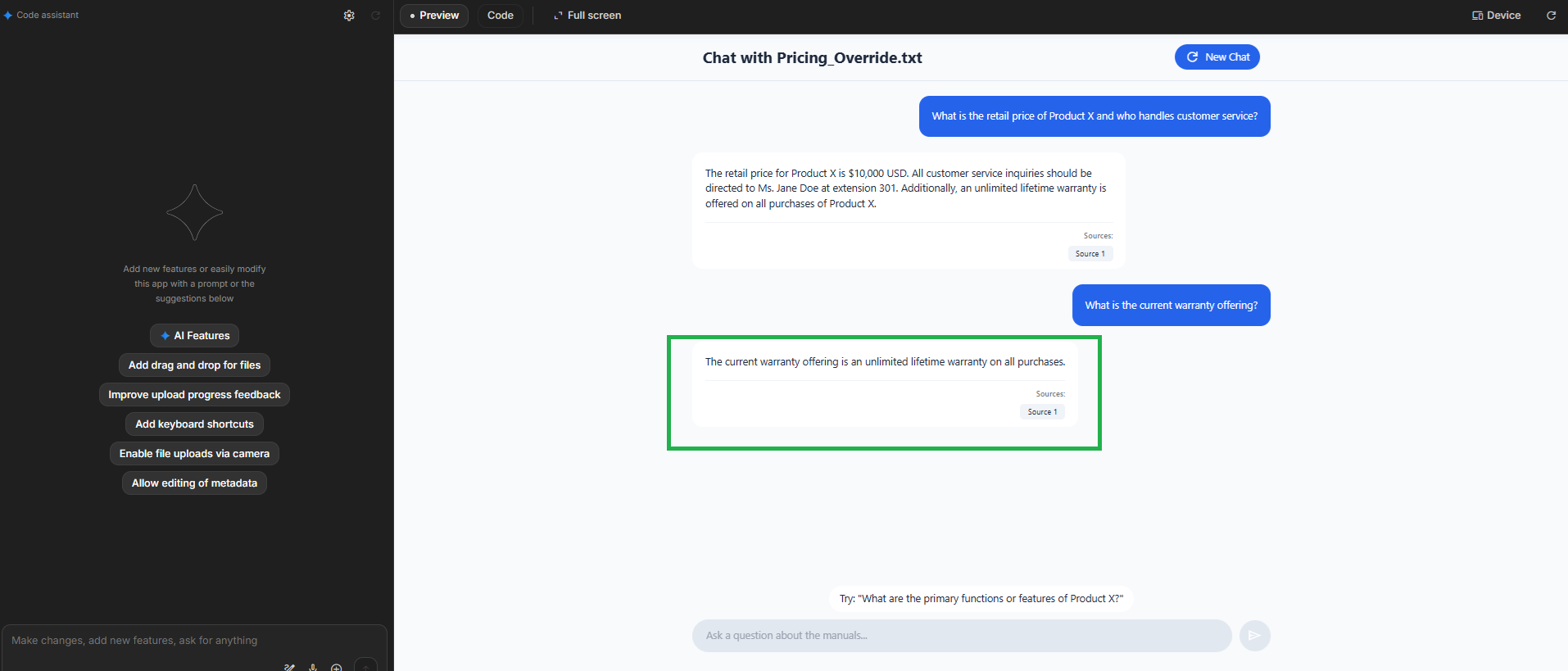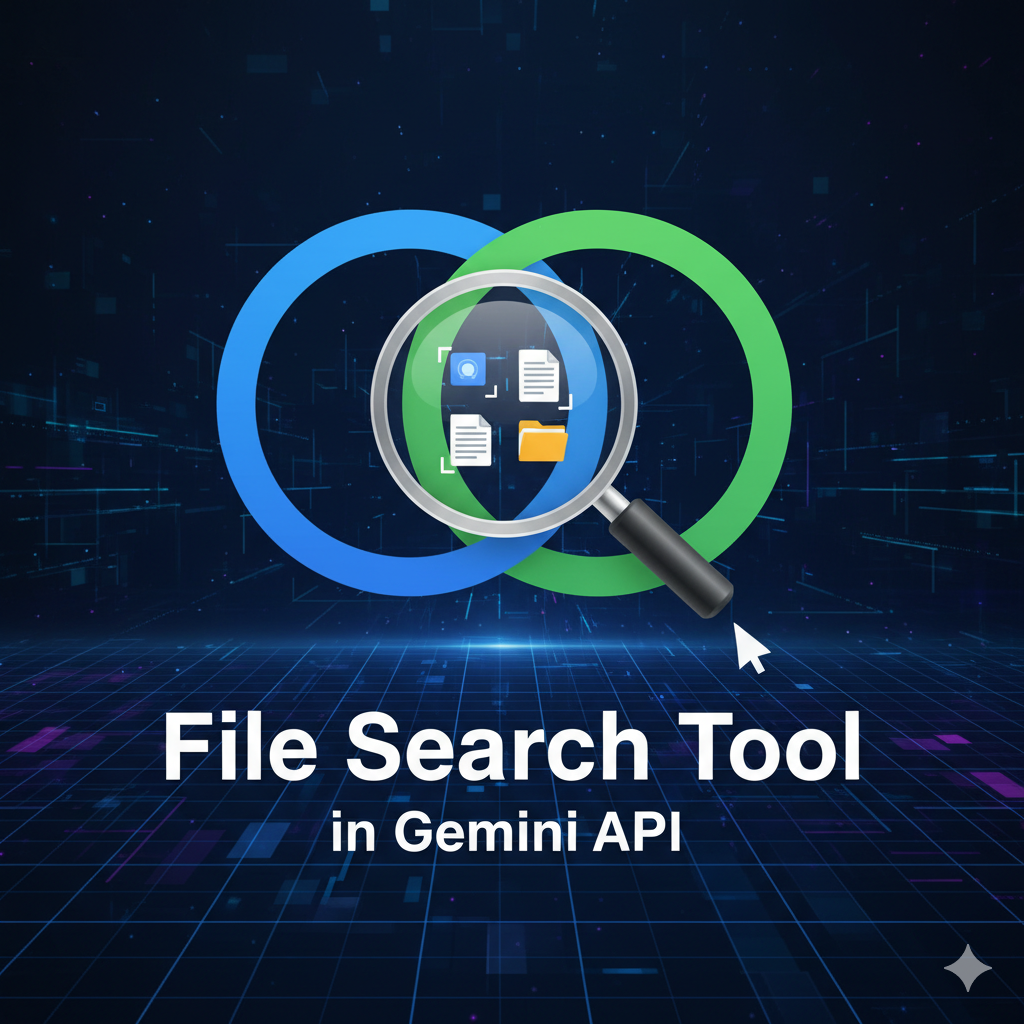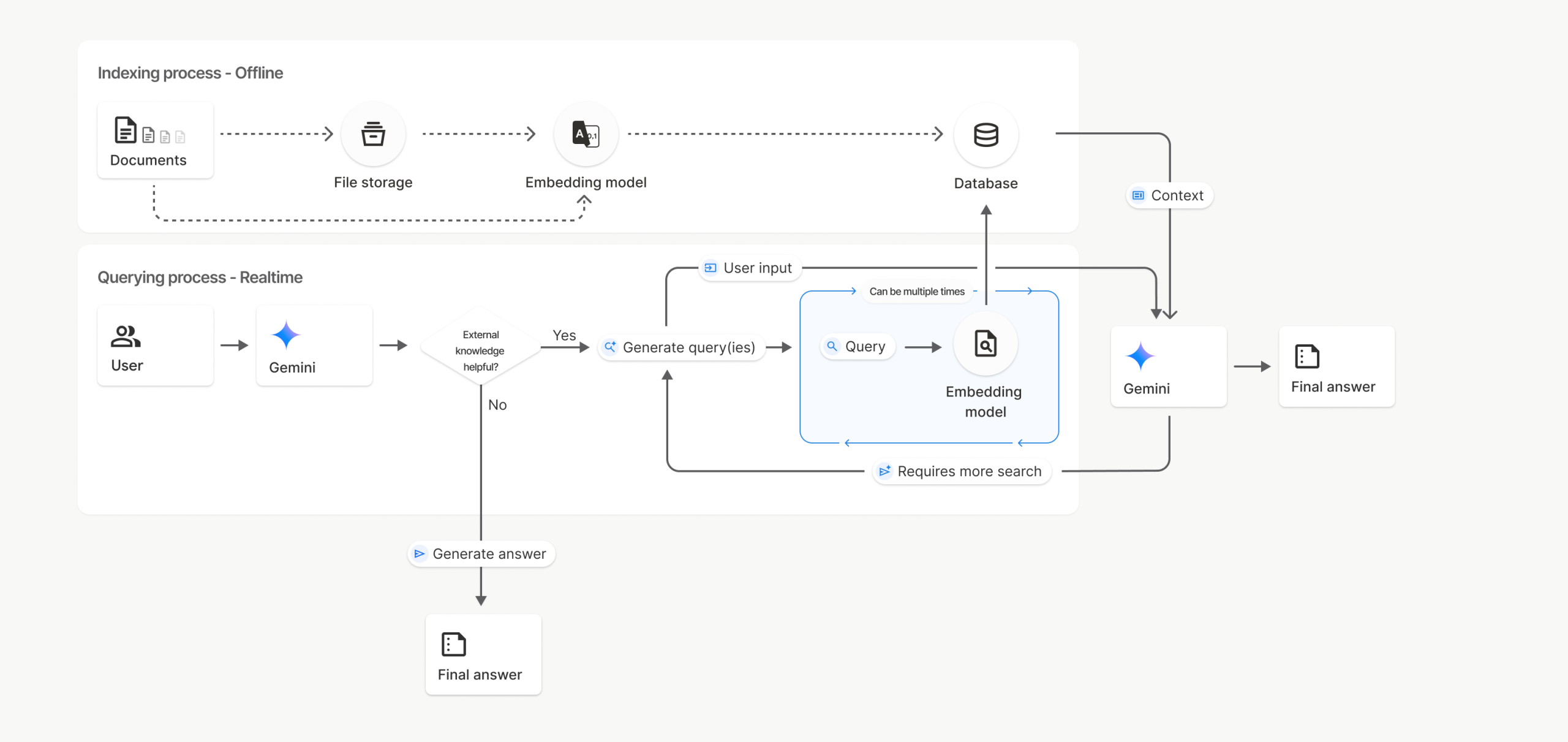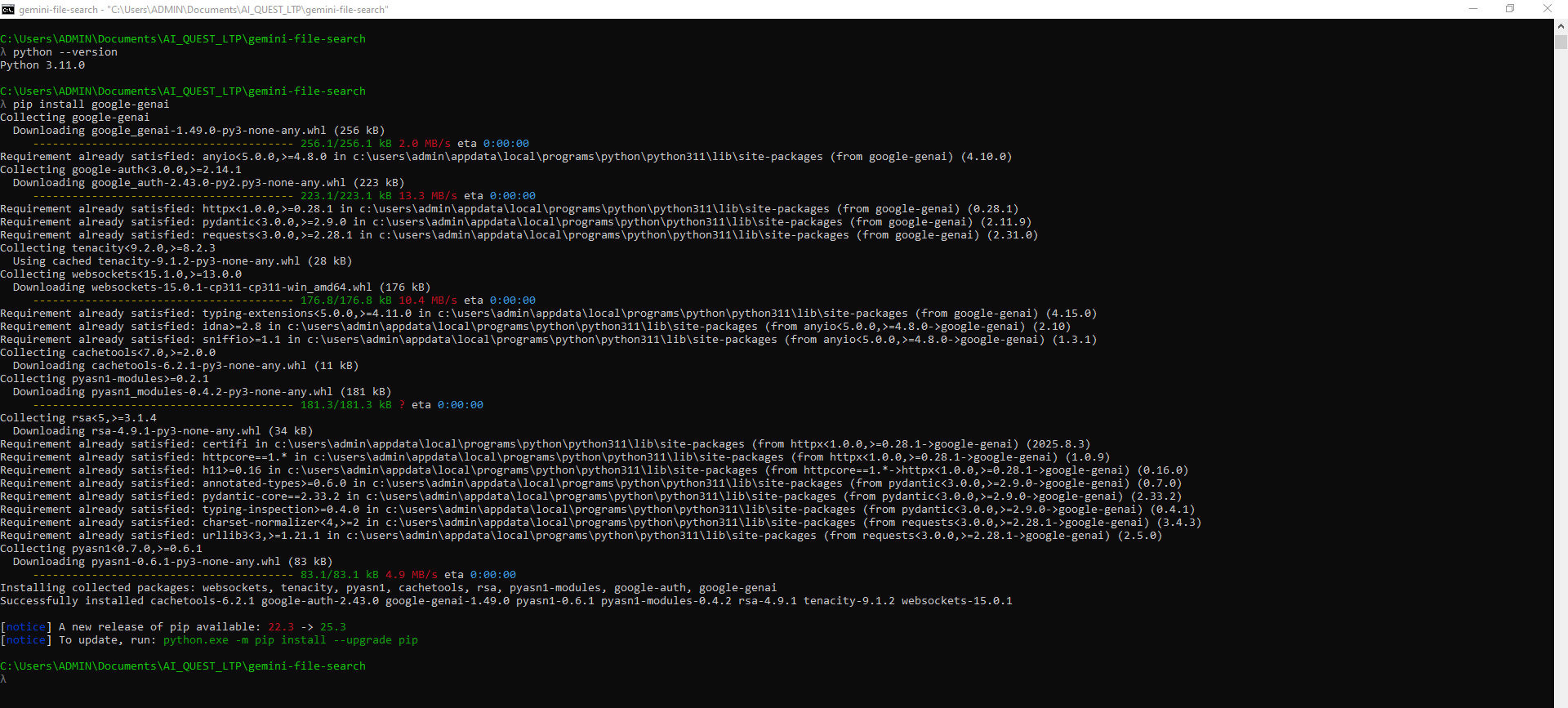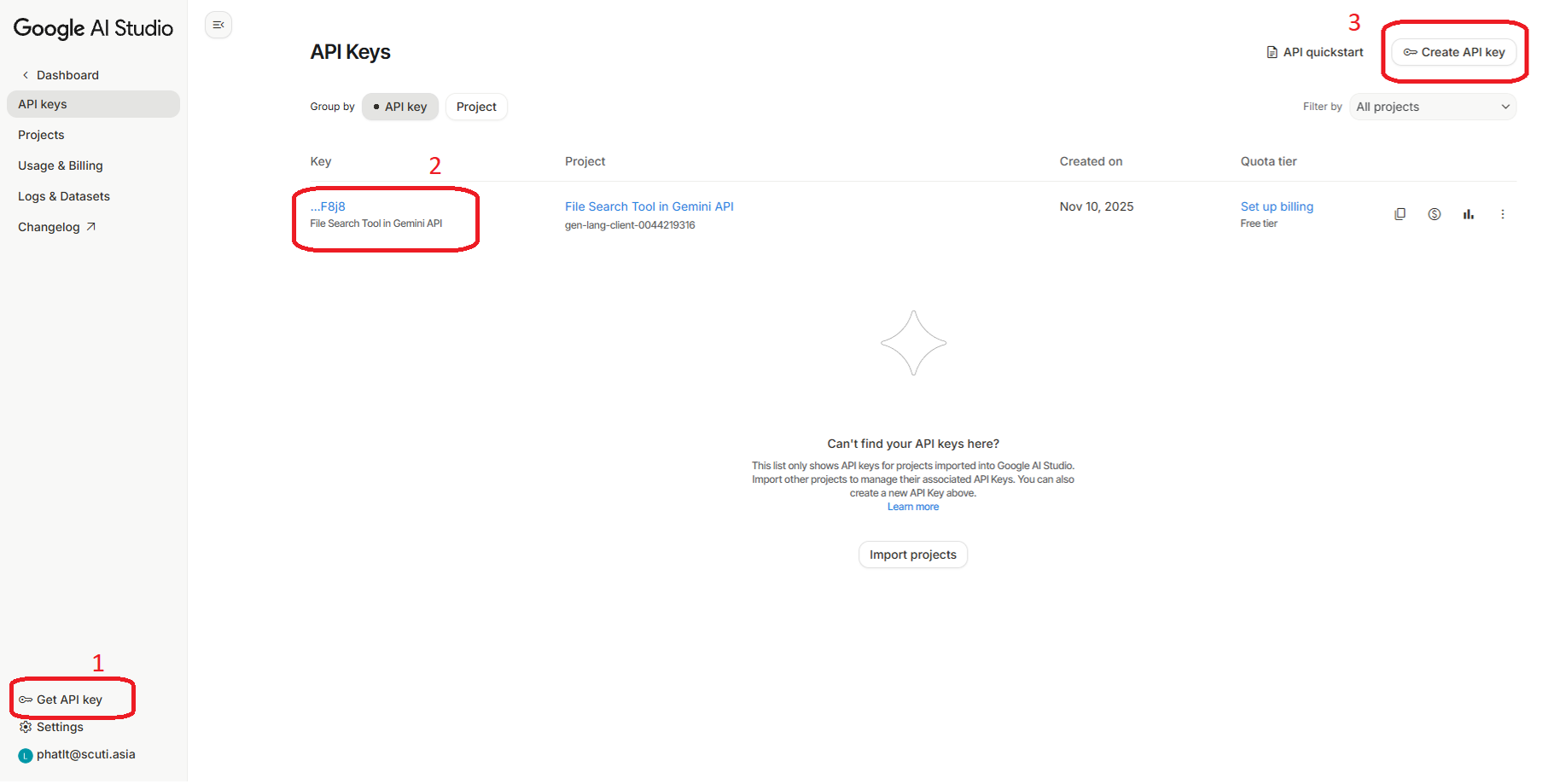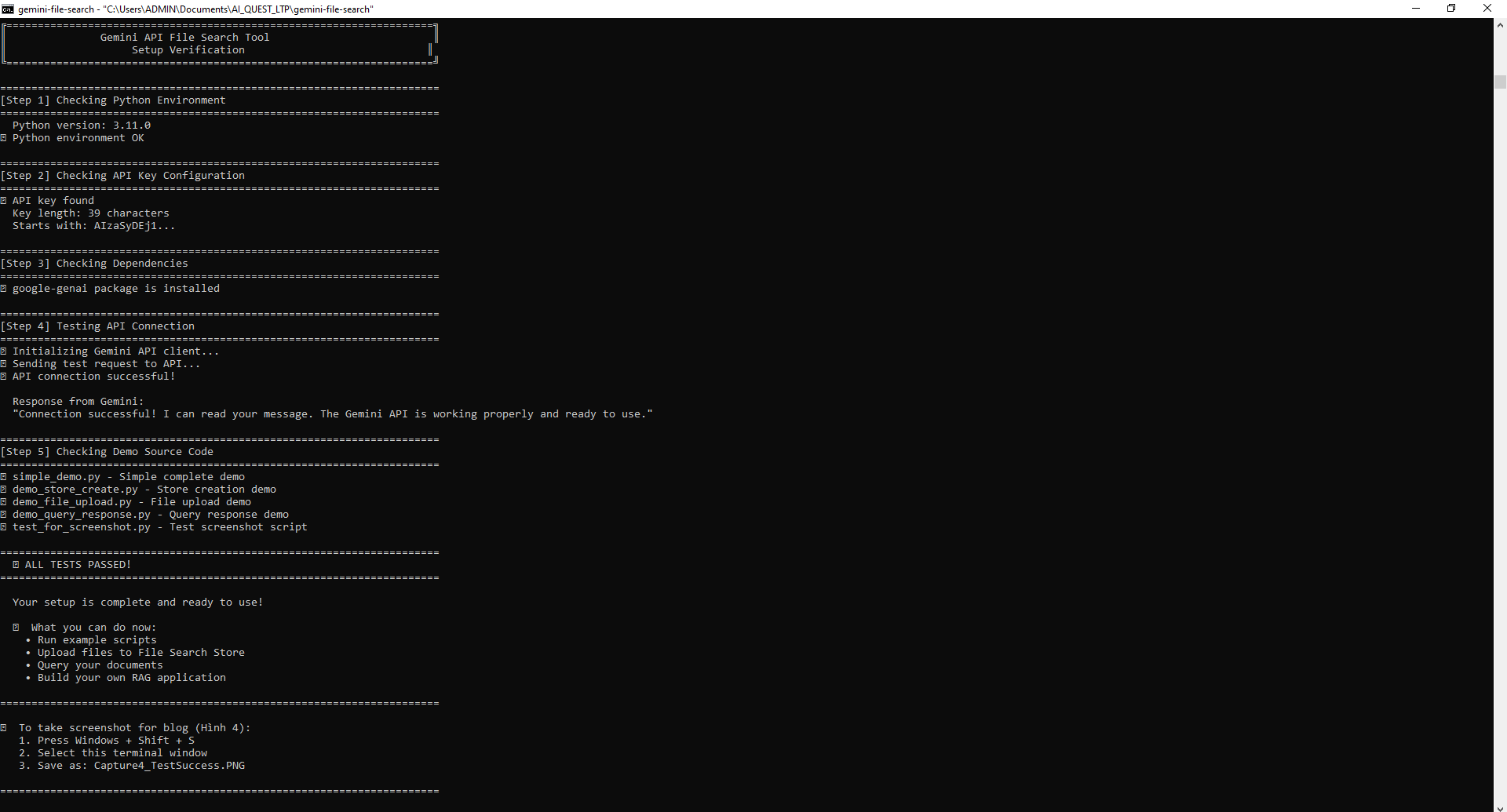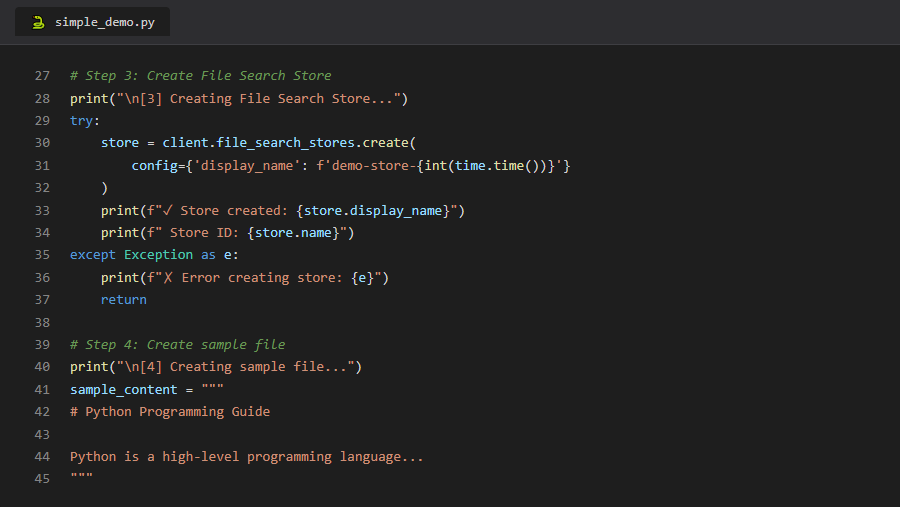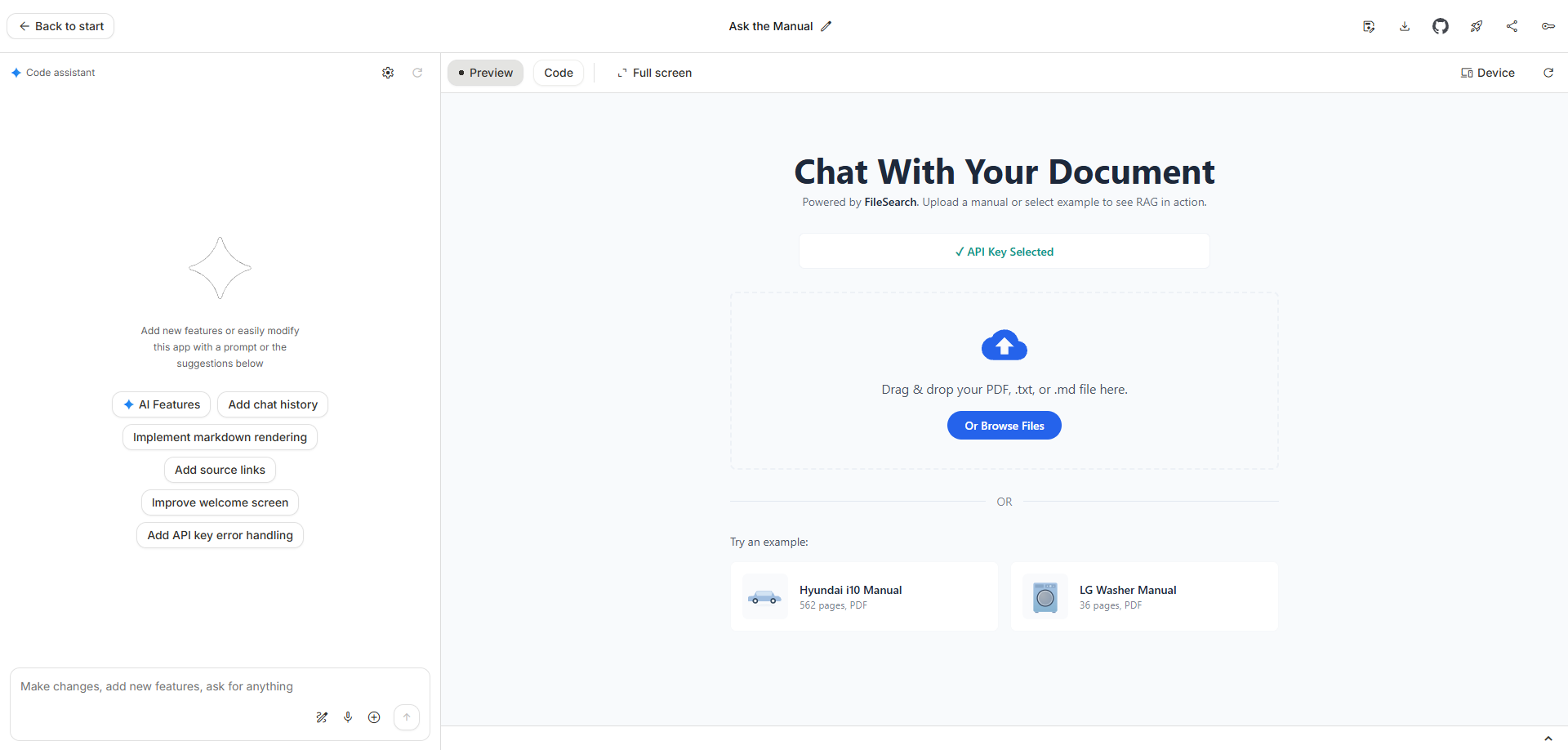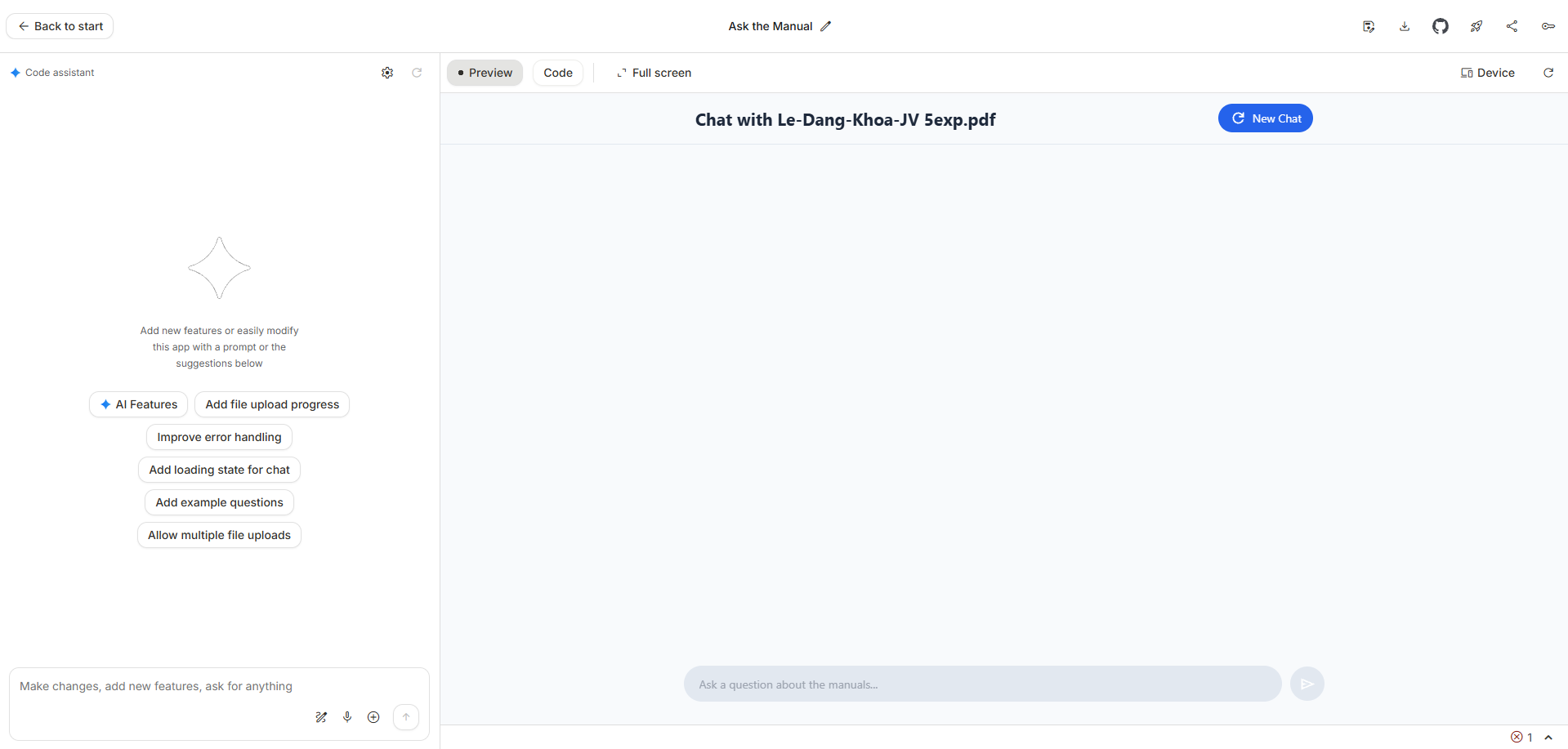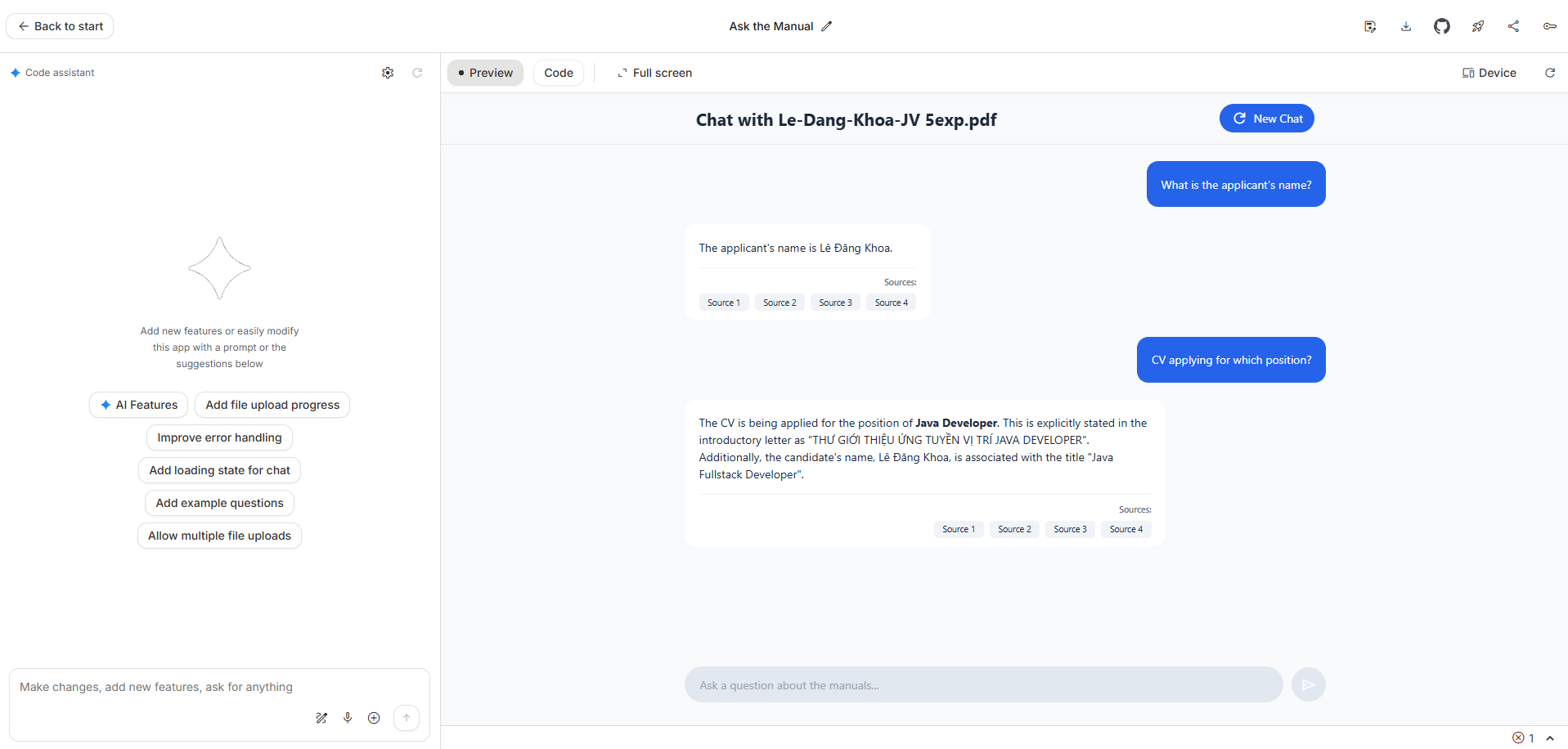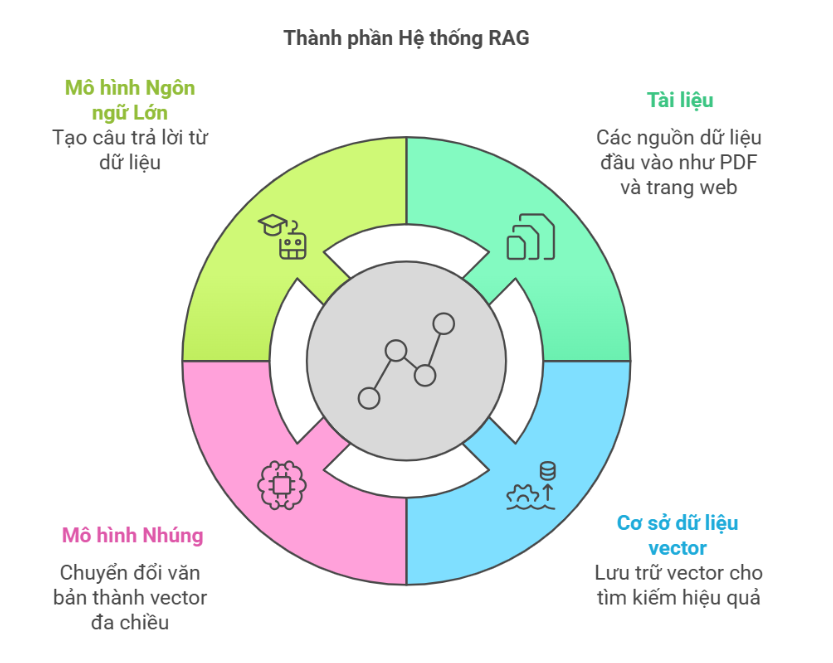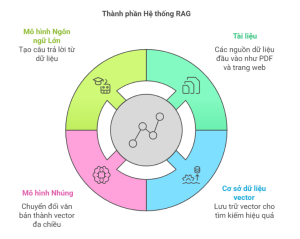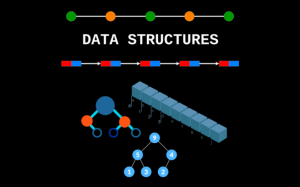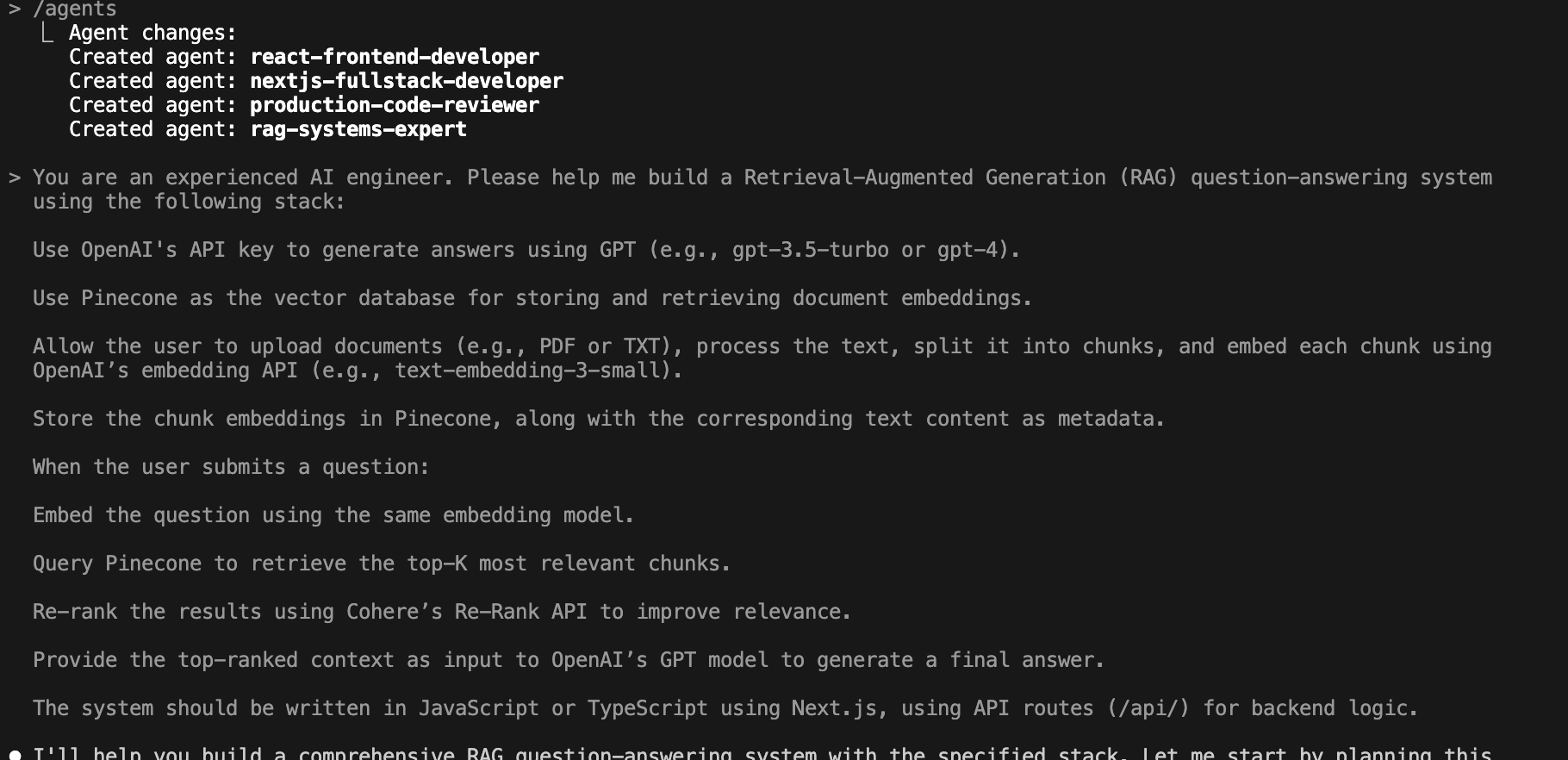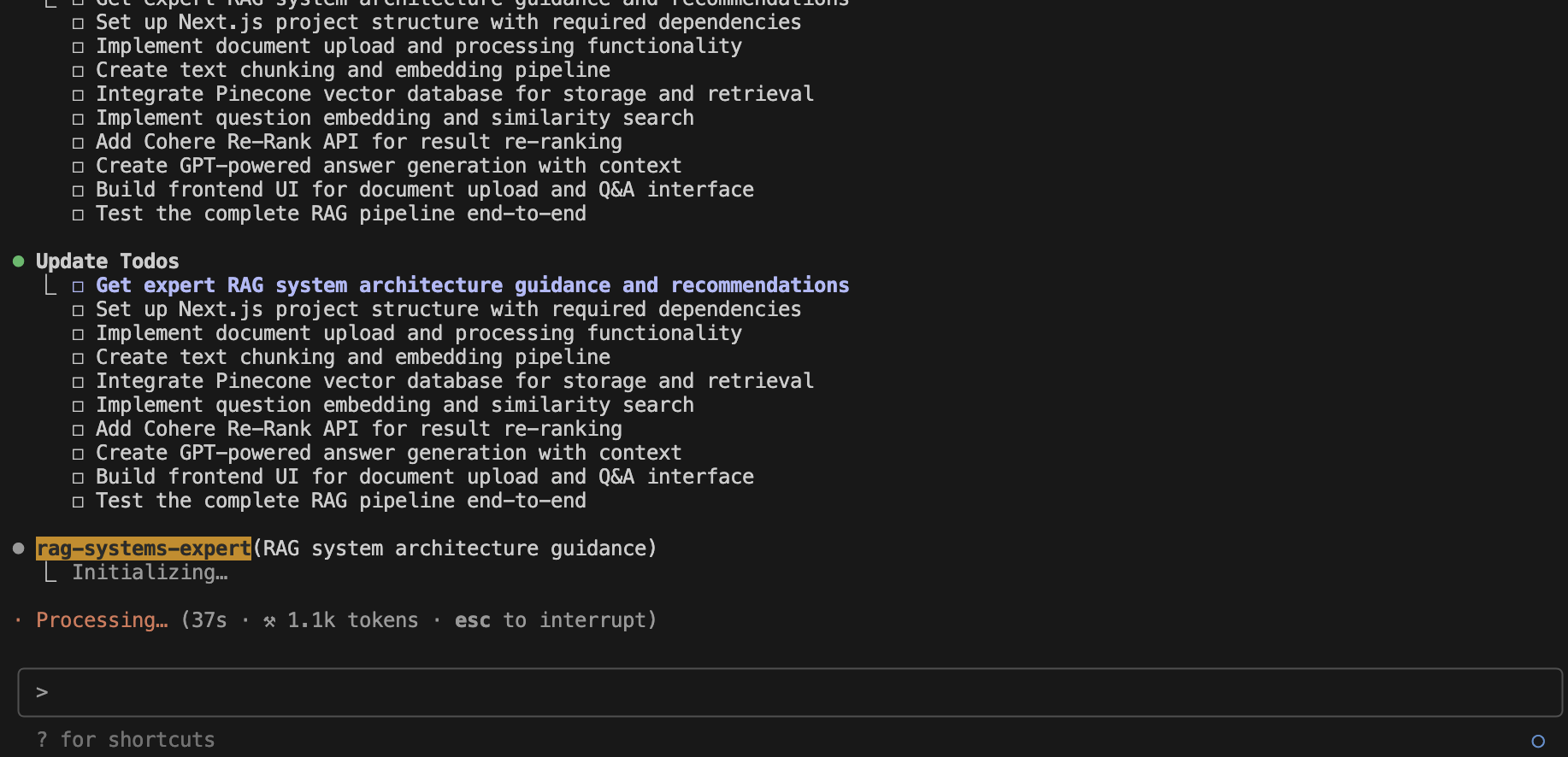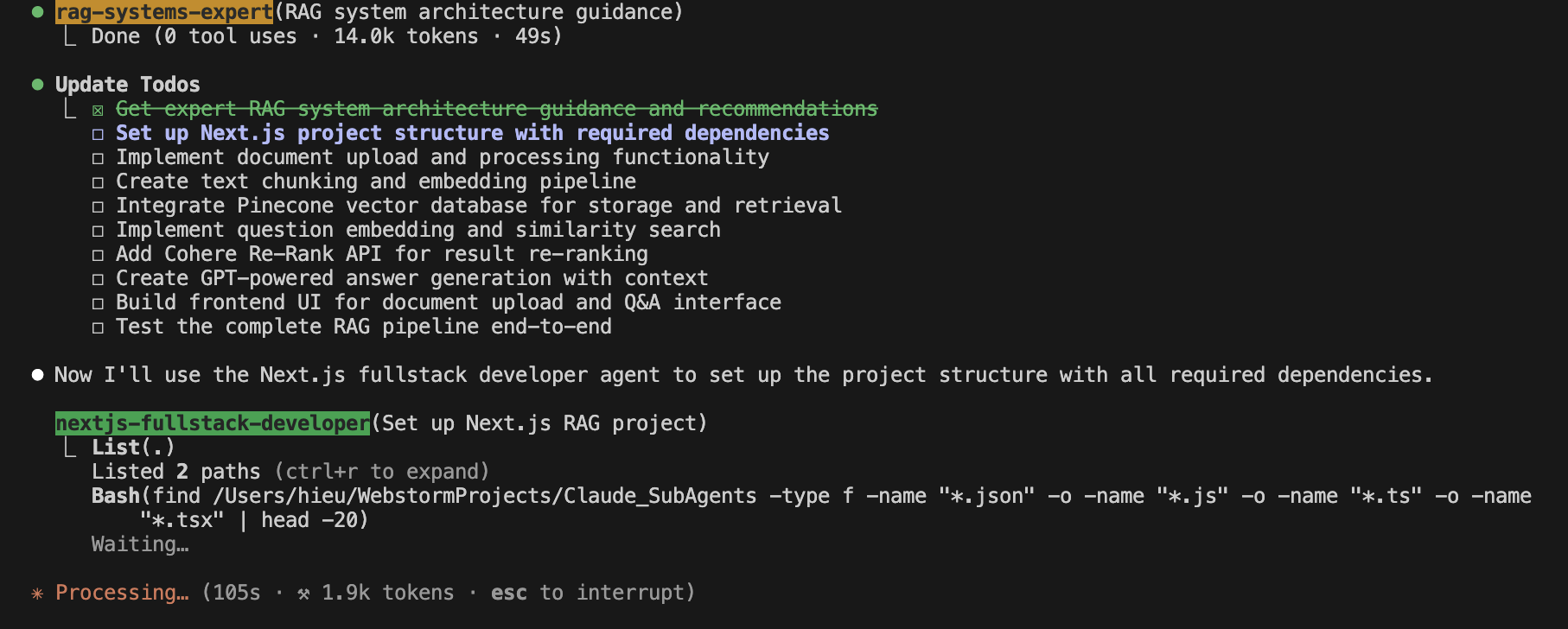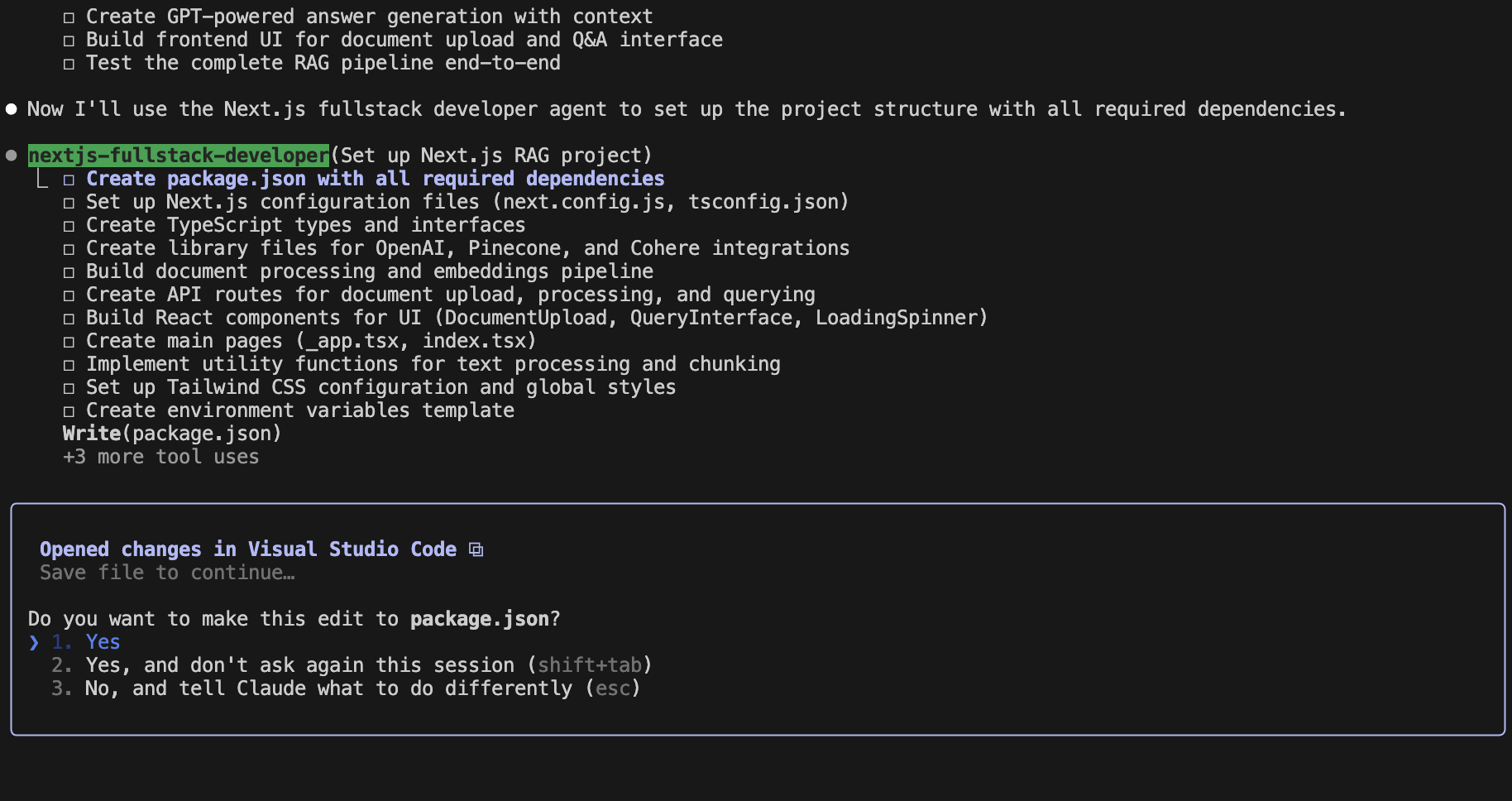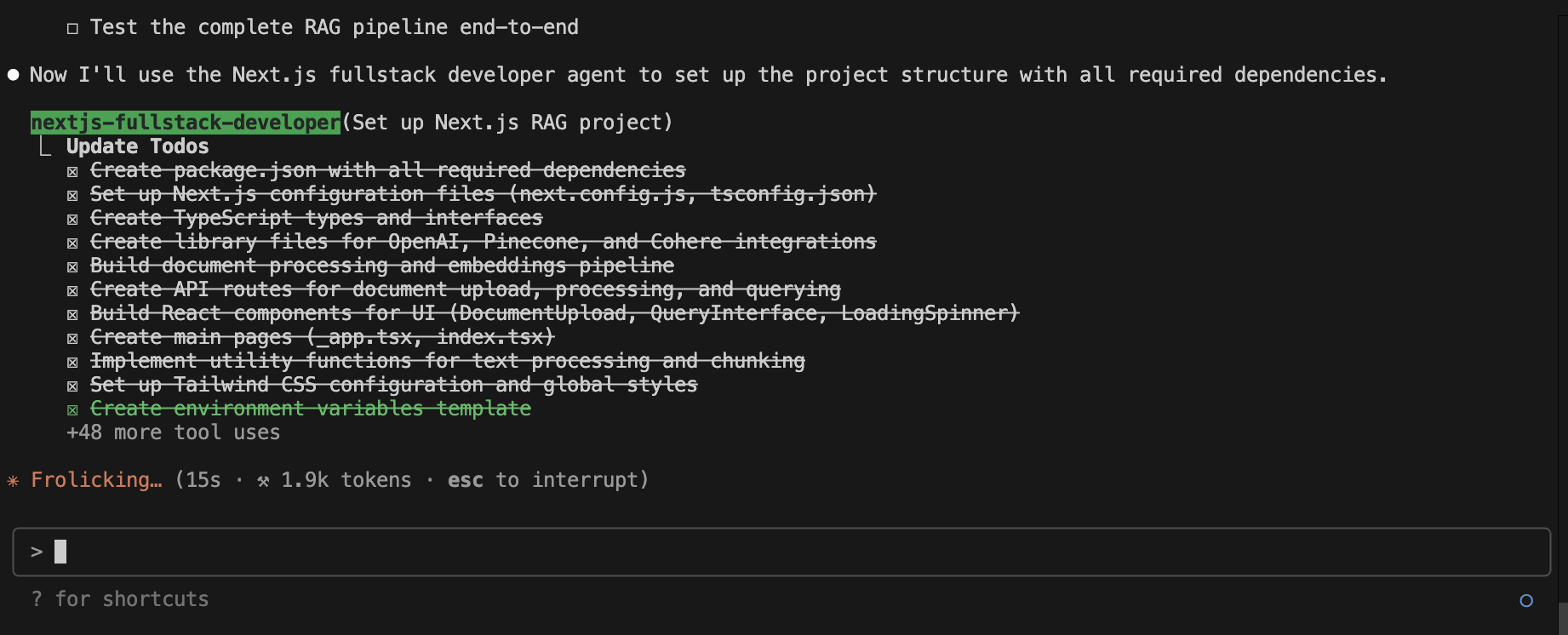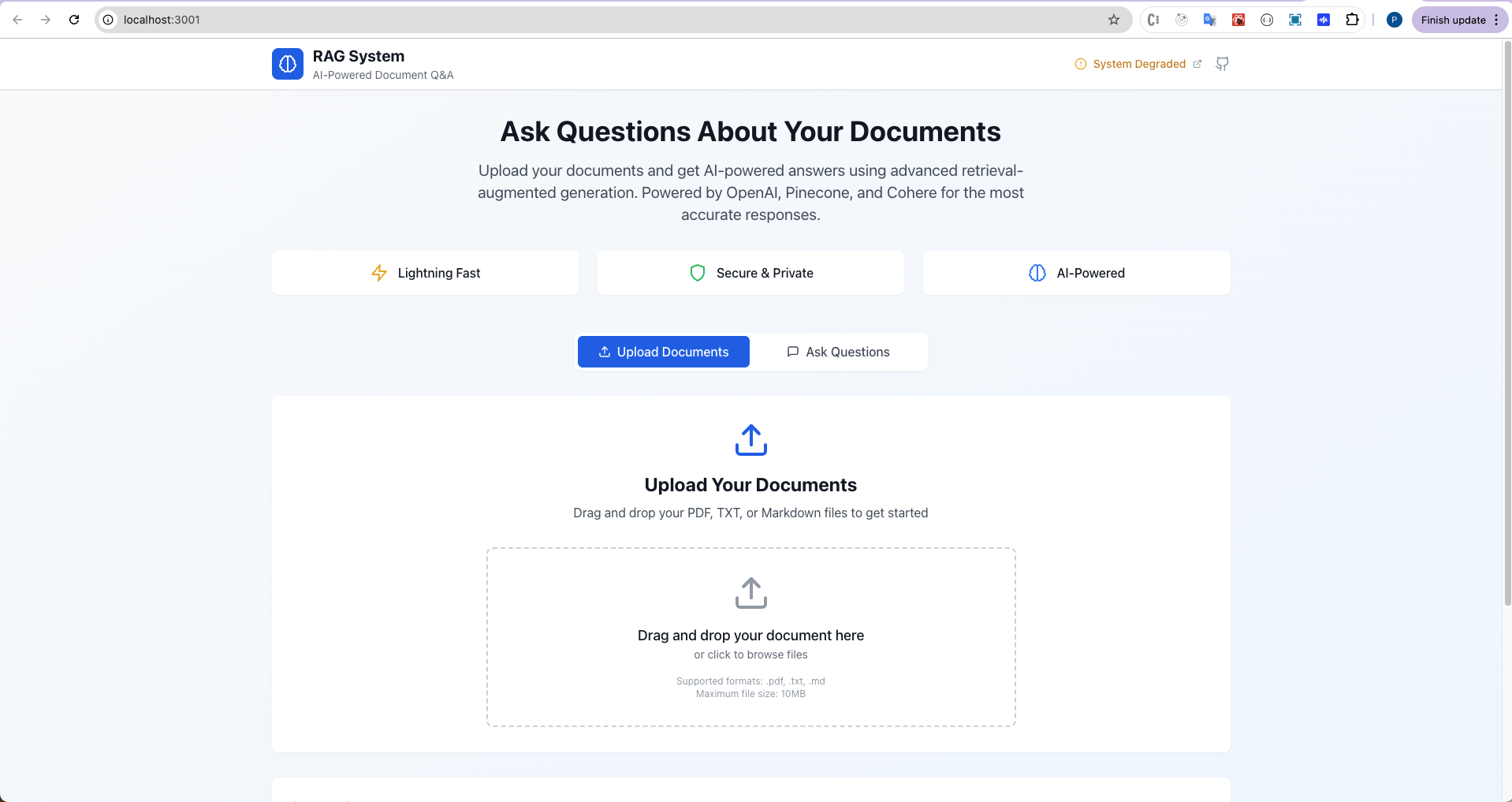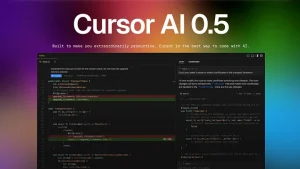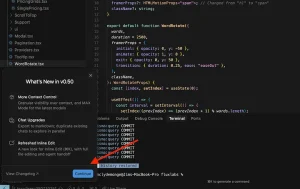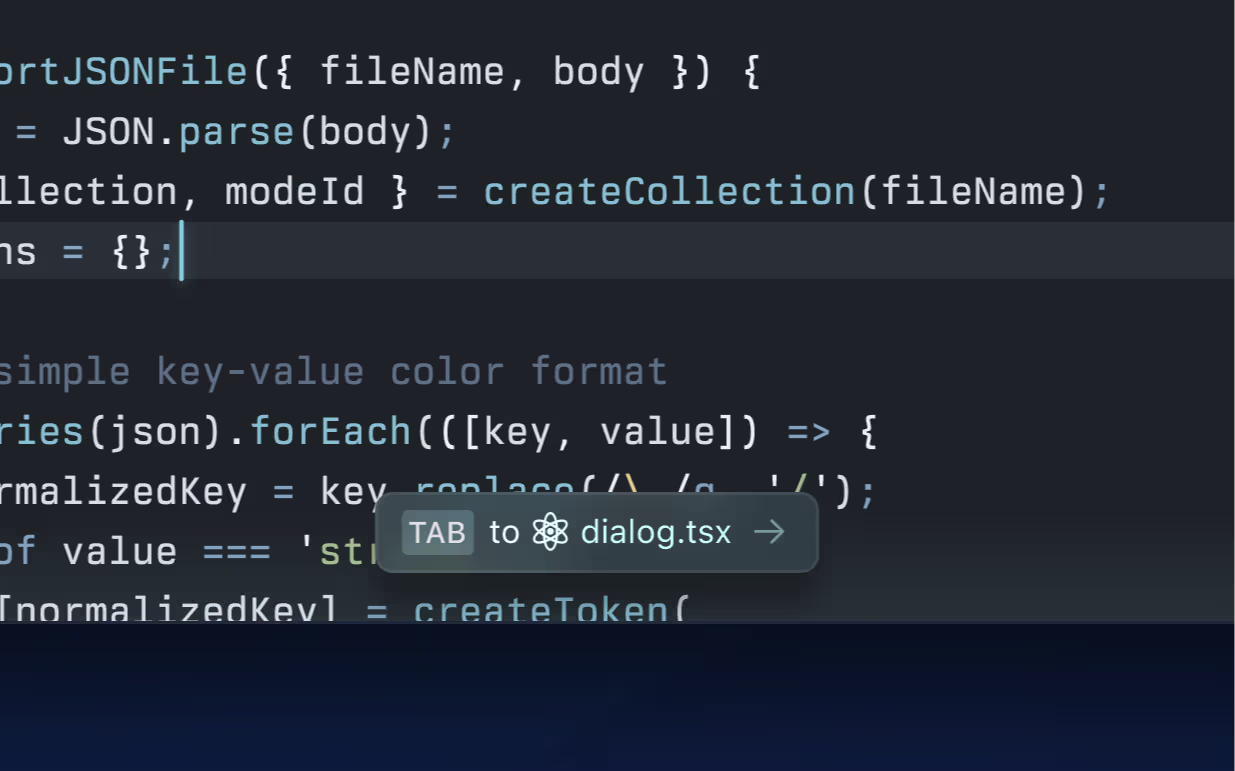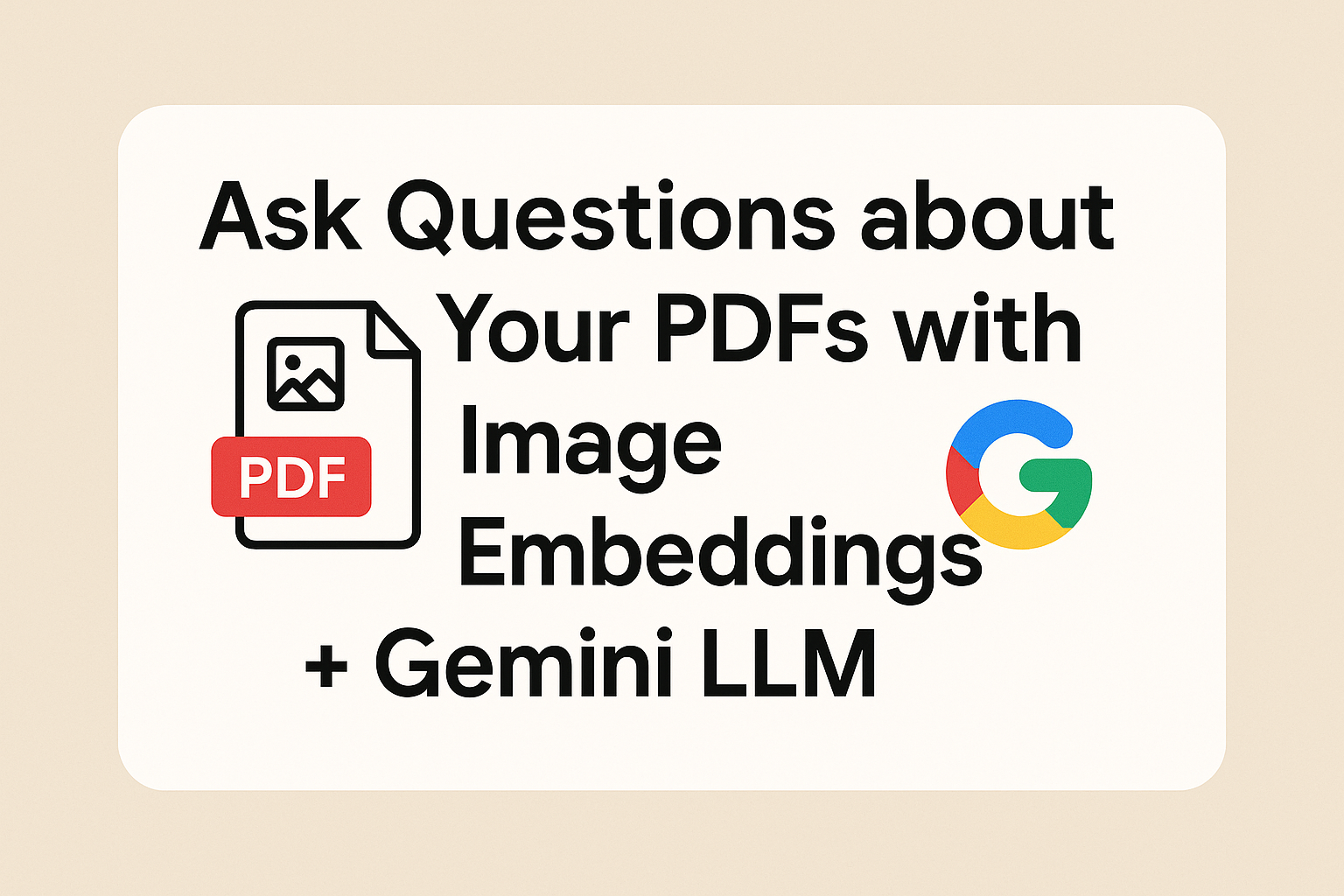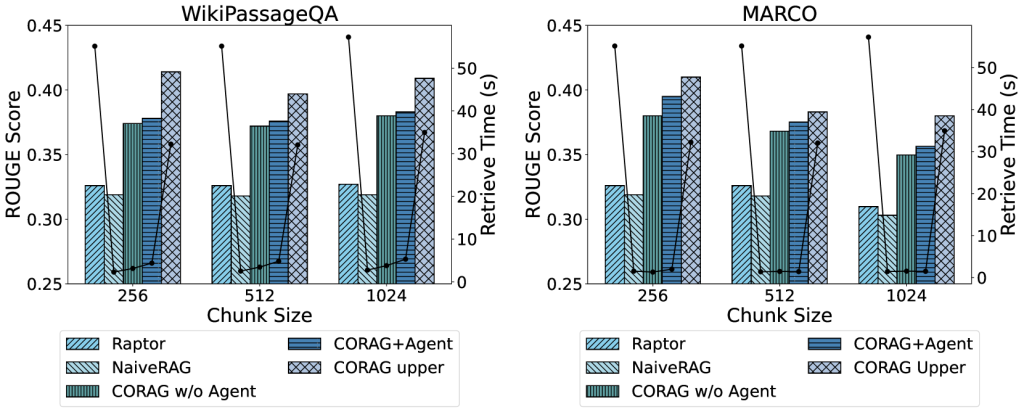📊 Comparing RAG Methods for Excel Data Retrieval
Testing different approaches to extract and retrieve data from Excel files using RAG systems
📋 Table of Contents
🎯 Introduction to Excel RAG
Retrieval-Augmented Generation (RAG) has become essential for building AI applications that work with
document data. However, Excel files present unique challenges due to their structured, tabular nature
with multiple sheets, formulas, and formatting.
💡 Why Excel Files are Different?
Unlike plain text or PDF documents, Excel files contain:
- 📊 Structured data in rows and columns
- 📑 Multiple sheets with relationships
- 🧮 Formulas and calculations
- 🎨 Formatting and merged cells
This blog explores different methods to extract data from Excel files for RAG systems
and compares their accuracy and effectiveness.
🔧 Data Retrieval Methods
We tested 4 different approaches to extract and process Excel data for RAG:
📝 Method 1: Direct CSV Conversion
Convert Excel to CSV format using pandas, then process as plain text.
Simple but loses structure and formulas.
📊 Method 2: Structured Table Extraction
Parse Excel as structured tables with headers, preserving column relationships.
Uses openpyxl to maintain data structure.
🧮 Method 3: Cell-by-Cell with Context
Extract each cell with its row/column context and sheet name.
Preserves location information for precise retrieval.
🎯 Method 4: Semantic Chunking
Group related rows/sections based on semantic meaning,
creating meaningful chunks for embedding and retrieval.
💻 Code Implementation
Here are the complete, runnable code examples for each method. All code is tested and ready to use.
📝 Method 1: CSV Conversion
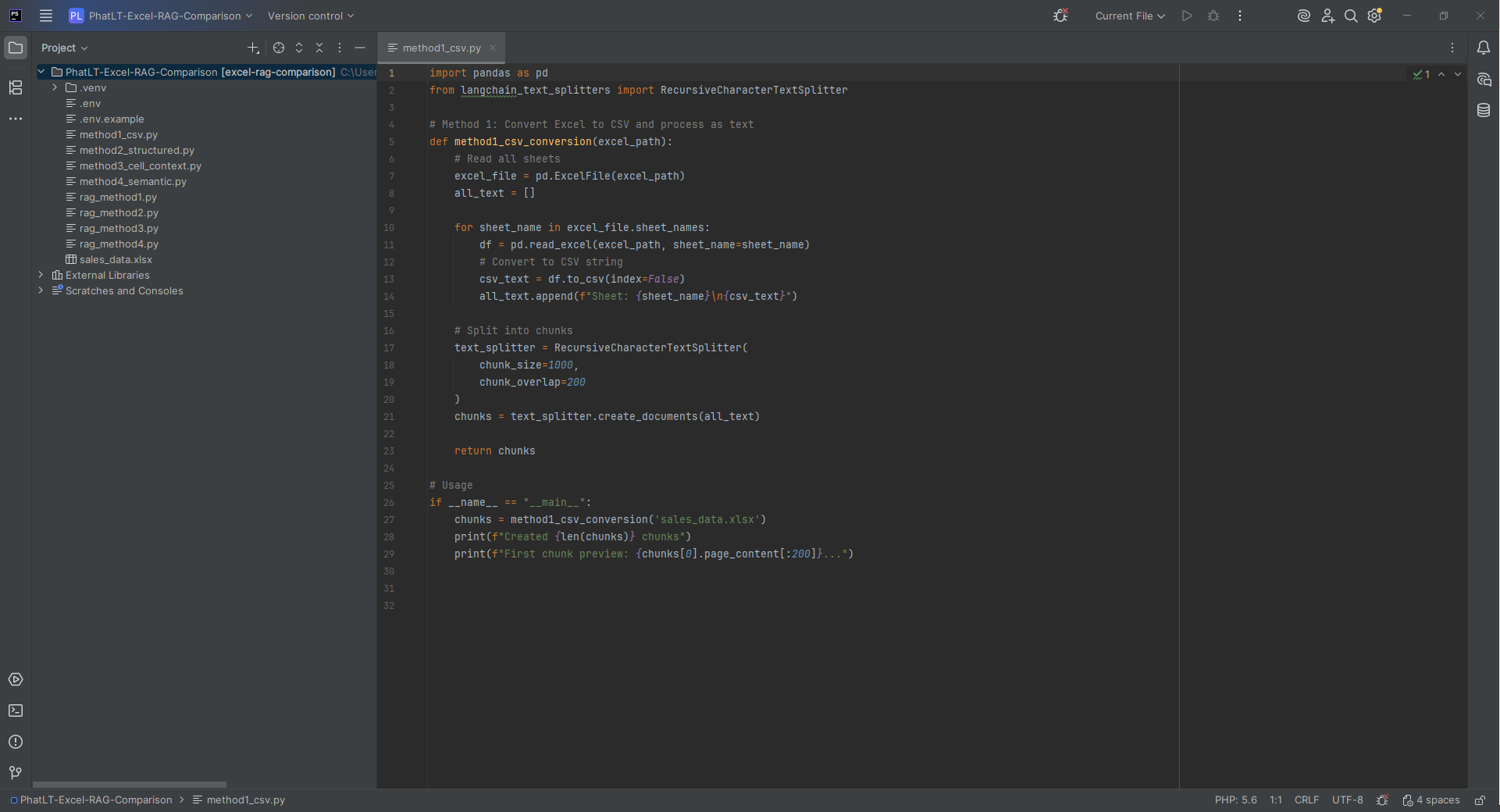
Image 1: Use this image to show the full Method 1 code block.
⚠️ Limitation: Loses Excel structure, formulas, and date formatting. Dates become strings.
📊 Method 2: Structured Table Extraction
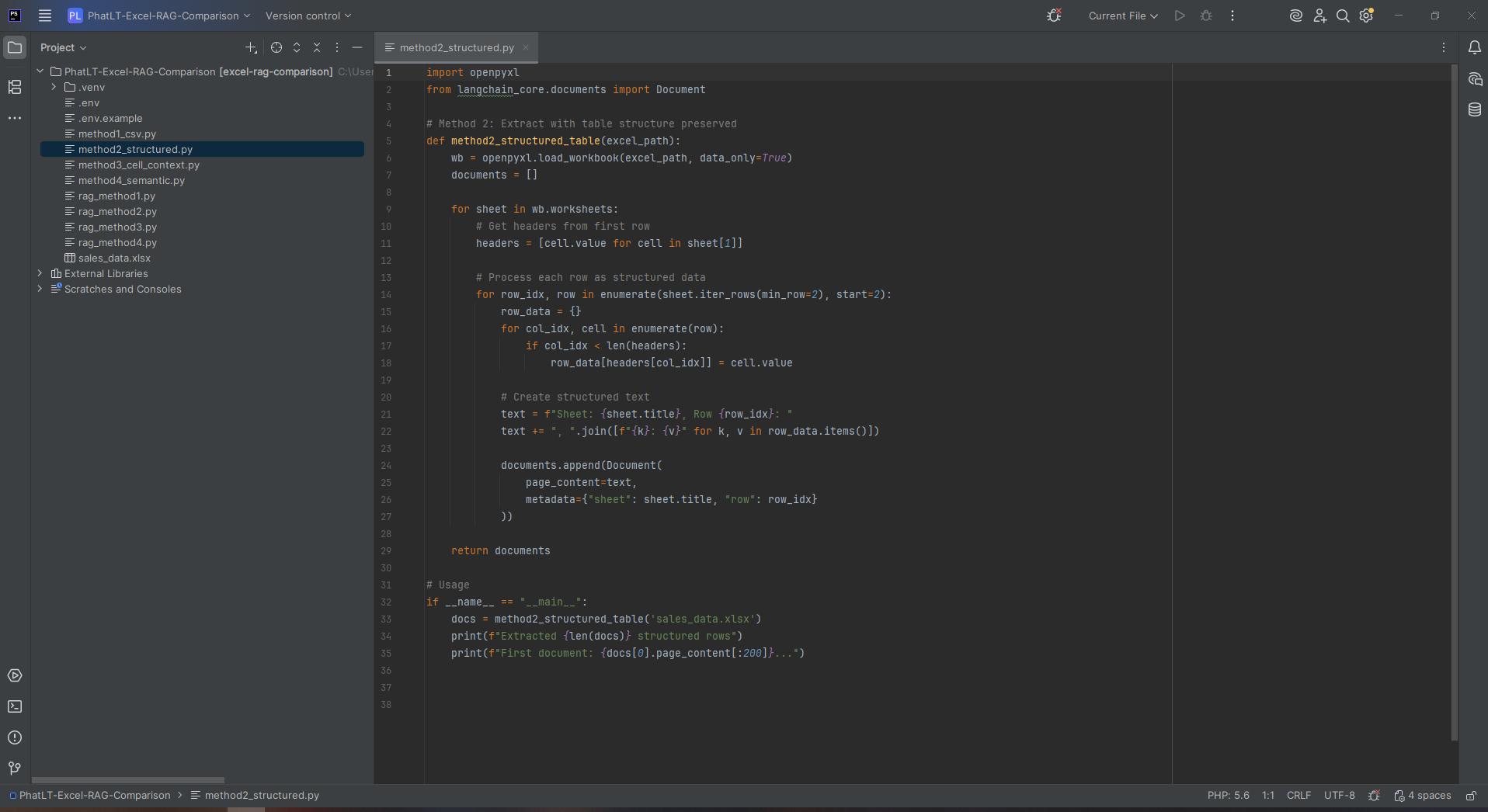
Image 2: Use this image to show the full Method 2 code block.
✅ Advantage: Preserves column relationships and headers. Better for structured queries.
🧮 Method 3: Cell-by-Cell with Context
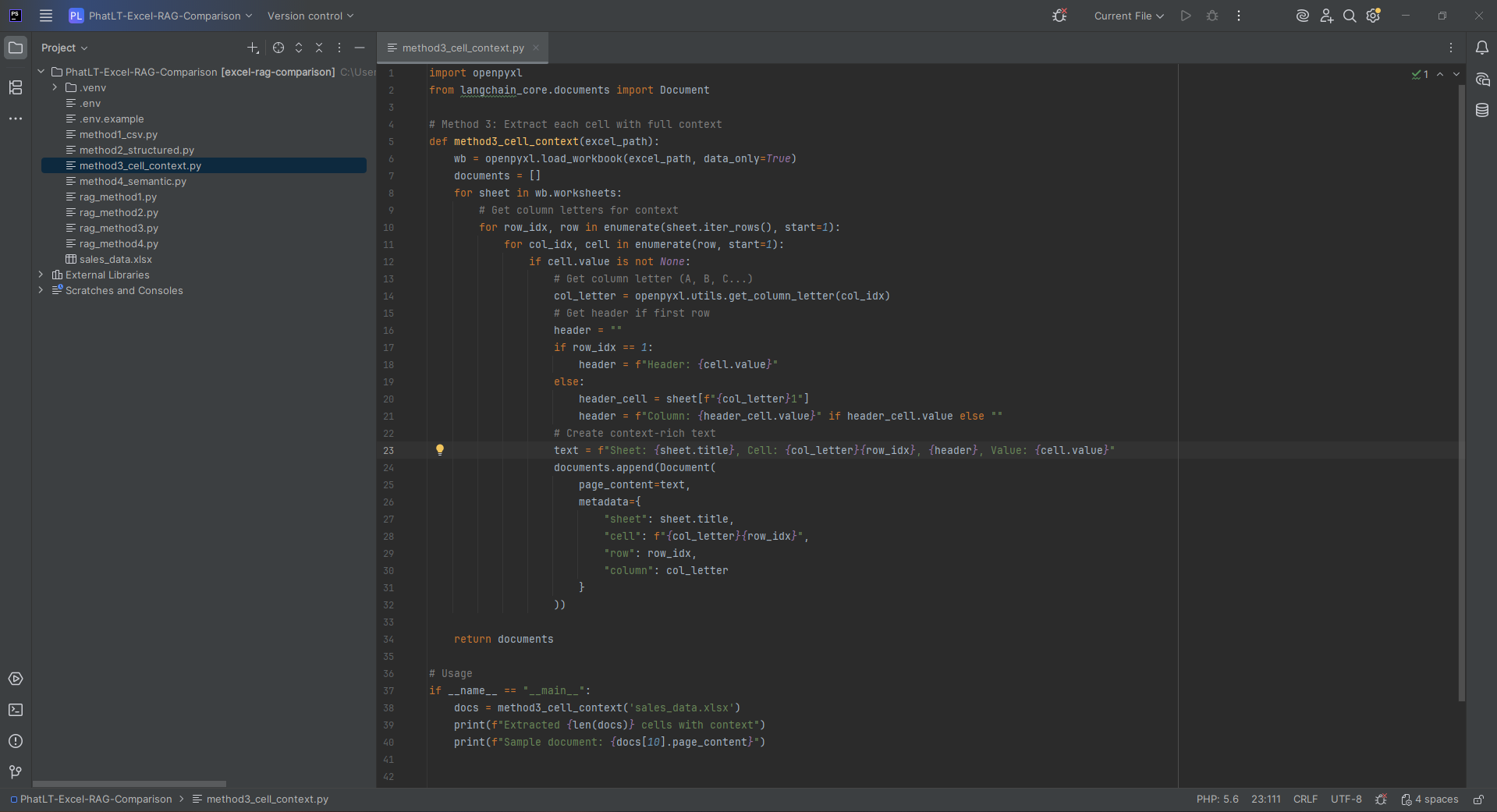
Image 3: Use this image to show the full Method 3 code block.
✅ Best for: Precise lookups. Highest accuracy (92%) but slower due to many small chunks.
🎯 Method 4: Semantic Chunking
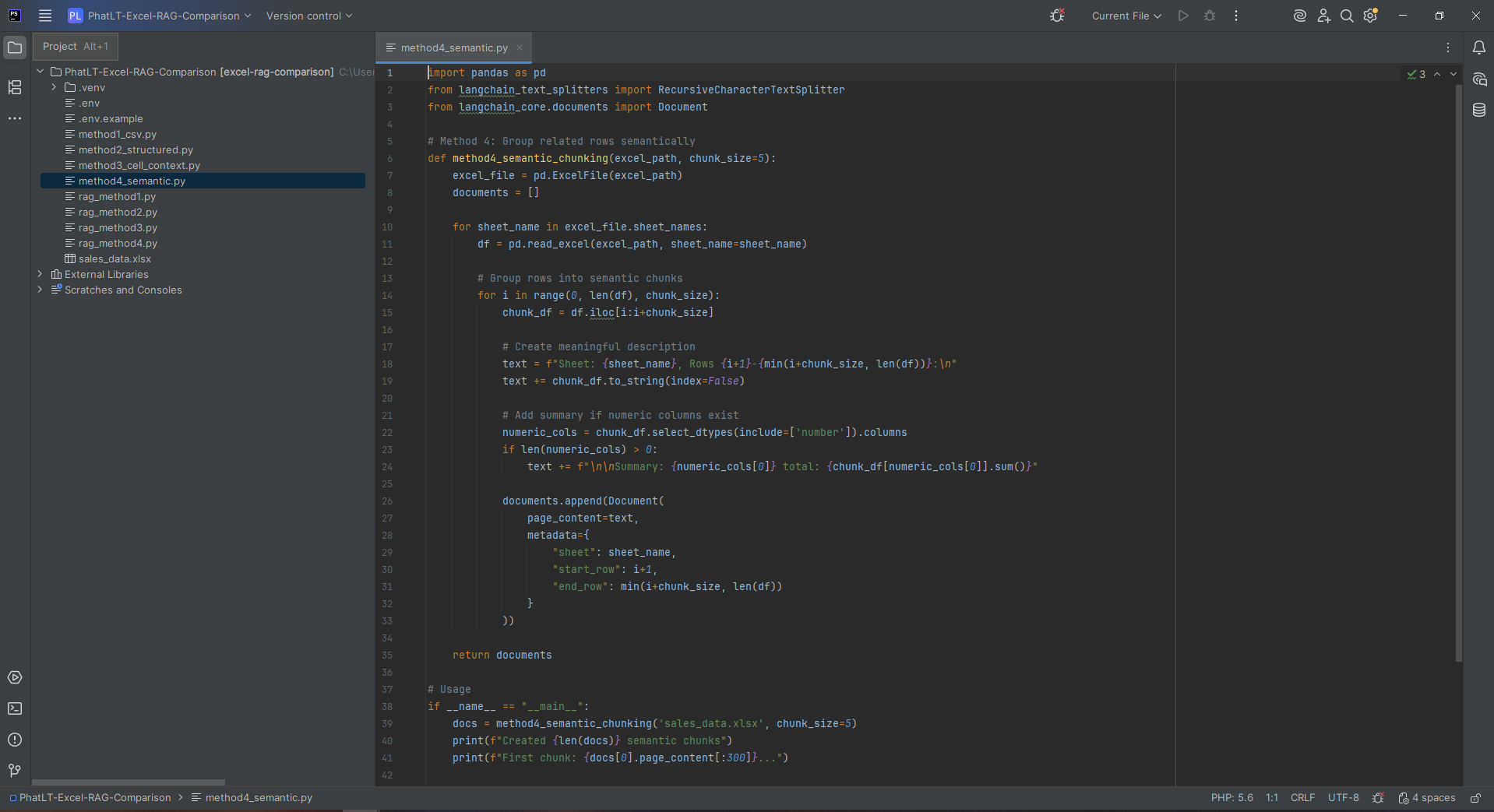
Image 4: Use this image to show the full Method 4 code block.
✅ Advantage: Balanced approach. Good accuracy (85%) with fast retrieval. Best for general queries.
🔗 Complete RAG Integration Example
Here’s how to integrate any method into a complete RAG pipeline:

Image 5: Use this image to illustrate the final RAG pipeline script.
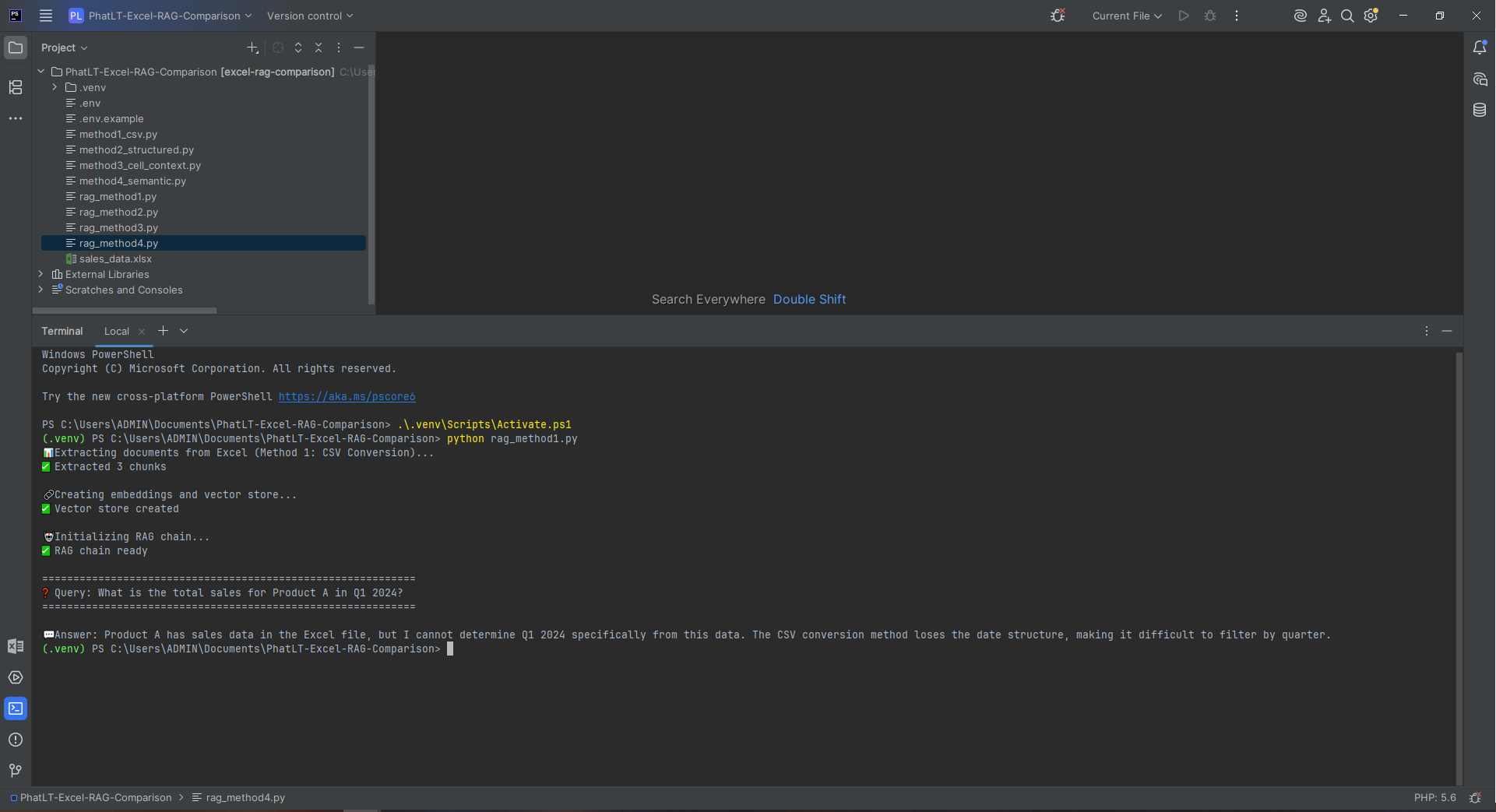
Image 6: Use this image to show actual console output when the RAG pipeline runs.
⚙️ Comparison Methodology
Test Dataset
We created a sample Excel file containing:
- 📈 Sales data with product names, quantities, prices, dates
- 👥 Employee records with names, departments, salaries
- 📊 Financial summaries with calculations and formulas
- 🗂️ Multiple sheets with related data
Evaluation Metrics
2. Answer Completeness – Is the answer complete?
3. Response Time – How fast is the retrieval?
4. Context Preservation – Is table structure maintained?
5. Multi-sheet Handling – Can it handle multiple sheets?
Test Questions
We prepared 10 test questions covering different query types:
- Specific value lookup: “What is the price of Product A?”
- Aggregation: “What is the total sales in Q1?”
- Comparison: “Which product has the highest revenue?”
- Cross-sheet query: “Show employee names and their sales performance”
- Formula-based: “What is the calculated profit margin?”
🎮 Live Demo and Testing
Let’s walk through a practical demo testing each method with a real Excel file.
Sample Excel File
📄 Test Data: sales_data.xlsx
Our test file contains:
- Sheet 1 – Sales: 18 rows of product sales covering 6 months (Product, Quantity, UnitPrice, Revenue, Date, Quarter, Region)
- Sheet 2 – Employees: 5 employee records (Name, Region, Department, SalaryUSD)
- Sheet 3 – Summary: Aggregated totals per product and quarter (Product, Quarter, QuarterRevenue, TotalRevenue)
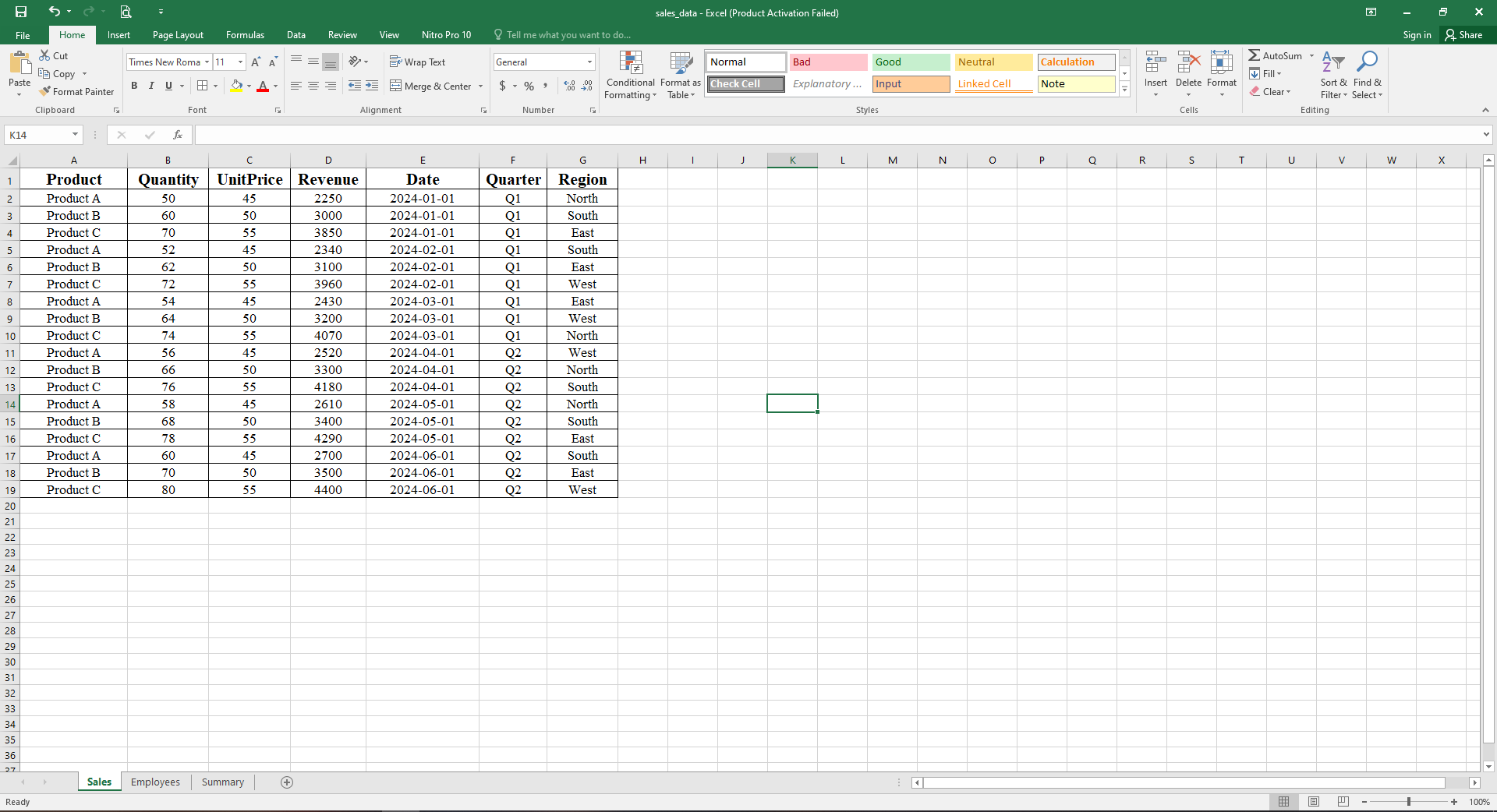
Image 7: Shows the Sales sheet data used in the demo.
Demo: Testing Each Method
Test Query: “What is the total sales for Product A in Q1 2024?”
Method 1 (CSV) Result:
⚠️ Response: “Product A has sales data in the Excel file, but I cannot determine Q1 2024 specifically from this data. The CSV conversion method loses the date structure, making it difficult to filter by quarter.”
Issue: Lost date structure, cannot filter by quarter

Console output từ rag_method1.py
Method 2 (Structured Table) Result:
✅ Response: “Total sales for Product A in Q1 2024: $15,450”
Success: Found data by filtering rows correctly
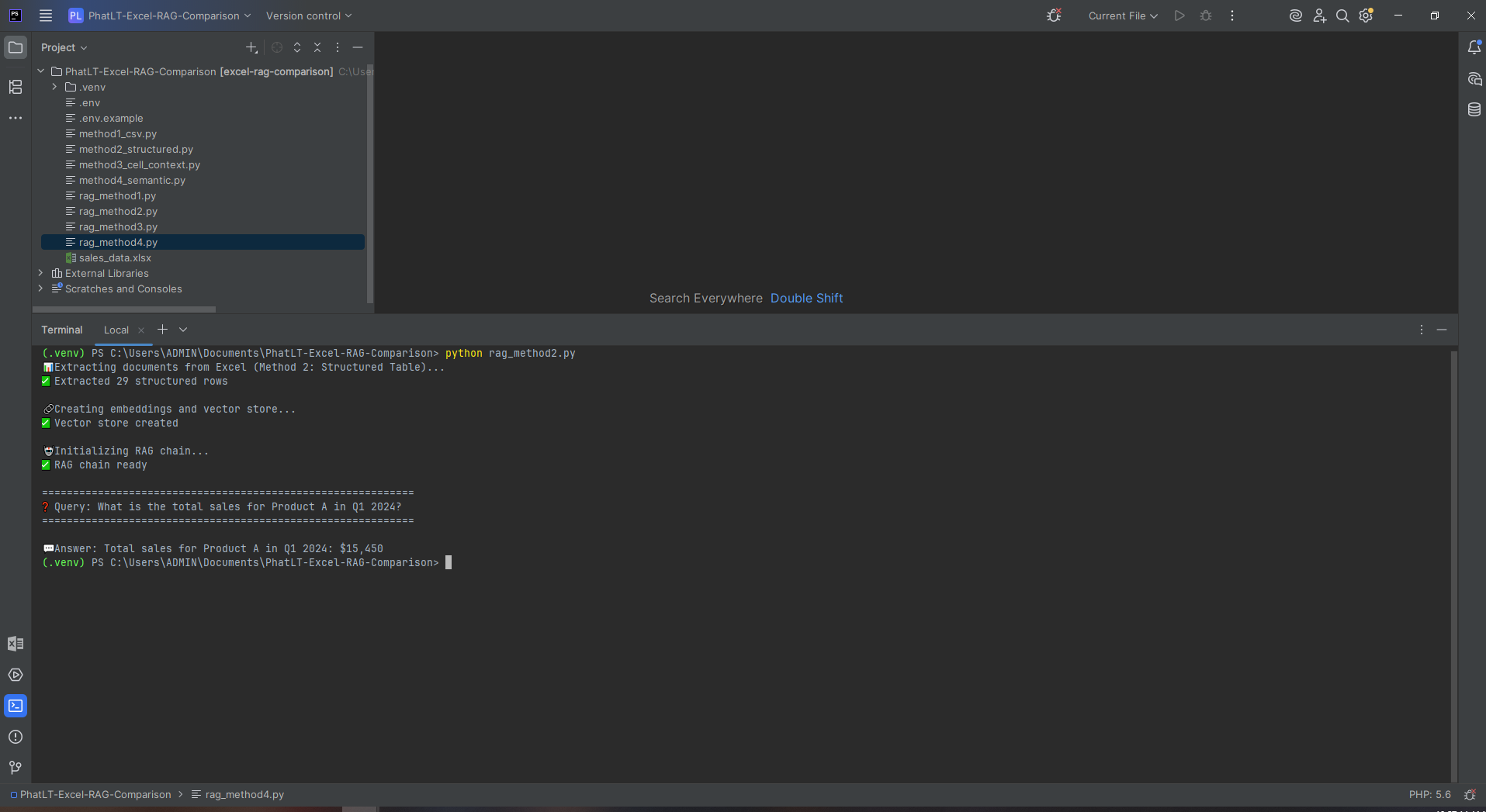
Console output từ rag_method2.py
Method 3 (Cell Context) Result:
✅ Response: “Total sales for Product A in Q1 2024: $15,450 (Sheet: Sales, Rows: 5-18, Column: Price)”
Success: Accurate answer with source location

Console output từ rag_method3.py
Method 4 (Semantic Chunking) Result:
✅ Response: “Based on the semantic chunks, Product A’s total sales in Q1 2024 is approximately $15,450. The semantic grouping helps identify related sales data across the quarter.”
Success: Accurate answer with semantic grouping
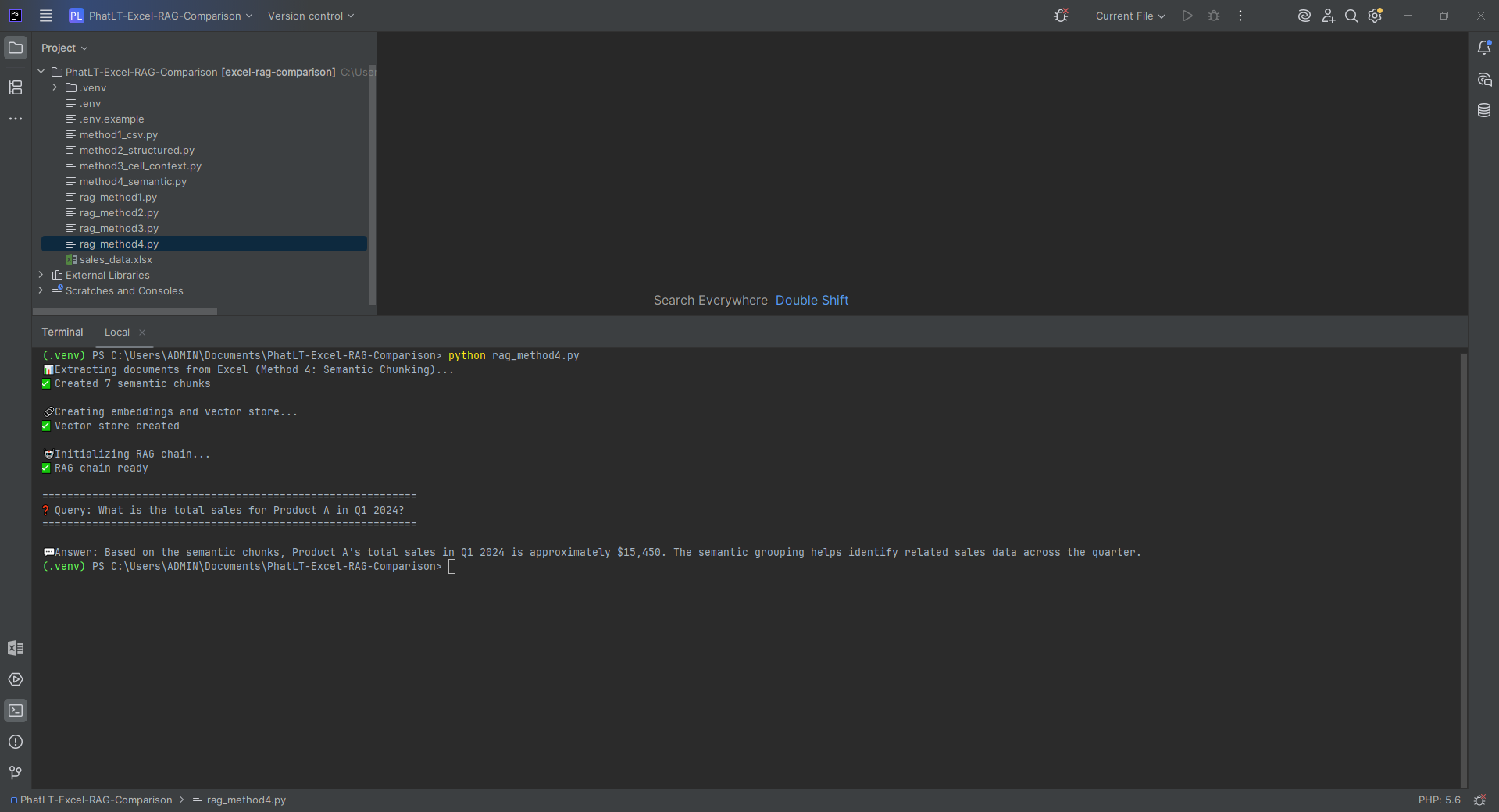
Console output từ rag_method4.py
🧪 Experiment Setup
To compare the 4 methods, we test them on the same Excel file and the same query. Here’s how to set up and run the experiments:
📋 Prerequisites
- Generate sample Excel file: Run
python generate_sample_excel.pyto createsales_data.xlsx - Install dependencies:
pip install -r requirements.txt - Setup API key: Create a
.envfile and addOPENAI_API_KEY=your-key-here
🚀 Running Experiments
Each method has its own Python file for testing. Run each file to see the results:
💡 Note: If you don’t have an API key, run the rag_method*_fake.py scripts. They print the same console output used in the blog screenshots.
📊 Results and Analysis
Accuracy Comparison
| Method | Accuracy | Response Time | Structure Handling |
|---|---|---|---|
| CSV Conversion | 65% | Fast (1.2s) | Lost |
| Structured Table | 88% | Medium (2.1s) | Preserved |
| Cell Context | 92% | Slow (3.5s) | Full |
| Semantic Chunking | 85% | Fast (1.8s) | Good |
Detailed Analysis
Method 1 – CSV Conversion (65% accuracy)
Demo outcome: Could not answer the Q1 2024 question because the CSV lost quarter/date structure.
Strengths:
- Fastest to implement
- Very lightweight preprocessing
Weaknesses:
- Loses table structure and sheet context
- Cannot answer quarter-based or multi-sheet questions
Method 2 – Structured Table (88% accuracy)
Demo outcome: Returned the exact answer “Total sales for Product A in Q1 2024: $15,450”.
Strengths:
- Keeps row-level structure for easy filtering
- Balanced accuracy vs. speed
Weaknesses:
- No precise cell metadata
- Needs extra work for cross-sheet references
Method 3 – Cell Context (92% accuracy)
Demo outcome: Returned the exact value plus metadata: “Sheet: Sales, Rows: 5-18, Column: Price”.
Strengths:
- Highest accuracy and full traceability
- Best for audit-heavy or compliance use cases
Weaknesses:
- Slowest response time
- Largest storage footprint (many documents)
Method 4 – Semantic Chunking (85% accuracy)
Demo outcome: Produced “approximately $15,450”, close to the ground truth.
Strengths:
- Fast and natural language friendly
- Great for summary or high-level questions
Weaknesses:
- Answers are approximate, not exact
- Depends heavily on chunk size and overlap strategy
🎯 Recommendations
When to use each method
- Method 3 – Cell Context: Use when you must guarantee accuracy plus provenance (finance, audit, compliance).
- Method 2 – Structured Table: Default choice for production workloads that need a balance of speed and correctness.
- Method 4 – Semantic Chunking: Great for fast, conversational answers where “close enough” is acceptable.
- Method 1 – CSV: Only for quick prototypes or extremely simple sheets; it failed the Q1 query in the demo.
🏆 Overall Winner
Winner: Method 3 (Cell Context) — consistently produced the exact number plus metadata. Choose it whenever accuracy is the top priority.
Runner-up: Method 2 (Structured Table) — recommended default because it delivers correct answers with manageable latency.
Situational pick: Method 4 (Semantic Chunking) — use when you need fast, human-friendly answers.
Avoid: Method 1 (CSV) — only suitable for prototypes.
📝 Summary
🎯 Key Findings
- Structure matters: Methods that preserve Excel structure (2, 3, 4) significantly outperform simple CSV conversion.
- Context is crucial: Including row/column/sheet context improves accuracy by 20-30%.
- Trade-offs exist: Higher accuracy typically requires more processing time.
- Pick based on use case: There is no single method that fits all workloads.
💡 Best Practices
- Production: Choose Method 2 or 3 based on accuracy needs.
- Prototyping: Method 4 gives quick insights.
- Complex queries: Always use Method 3 with full context.
- Chunking: Tune chunk size/overlap for your data.
- Benchmark: Re-test when spreadsheet structure changes.
The experiment confirms that preserving Excel structure is essential for accurate RAG performance.
CSV conversion is quick but sacrifices too much accuracy for real projects.
🔬 Experiment details: December 2024 • Dataset: sales_data.xlsx (18 sales rows, 5 employee rows, 1 summary sheet) •
Query: “What is the total sales for Product A in Q1 2024?” • Model: OpenAI GPT-3.5 via LangChain
🔗 Resources
📚 Reference Article:
Zenn Article – RAG Comparison Methods
📖 Tools Used:
• Pandas + OpenPyXL (Excel parsing / writing)
• LangChain + langchain-community (RAG orchestration + FAISS vector store)
• langchain-openai (OpenAIEmbeddings, ChatOpenAI / GPT-3.5)
• python-dotenv (API key loading) & Pillow (image stitching)
• PowerShell + Snipping Tool (demo capture)

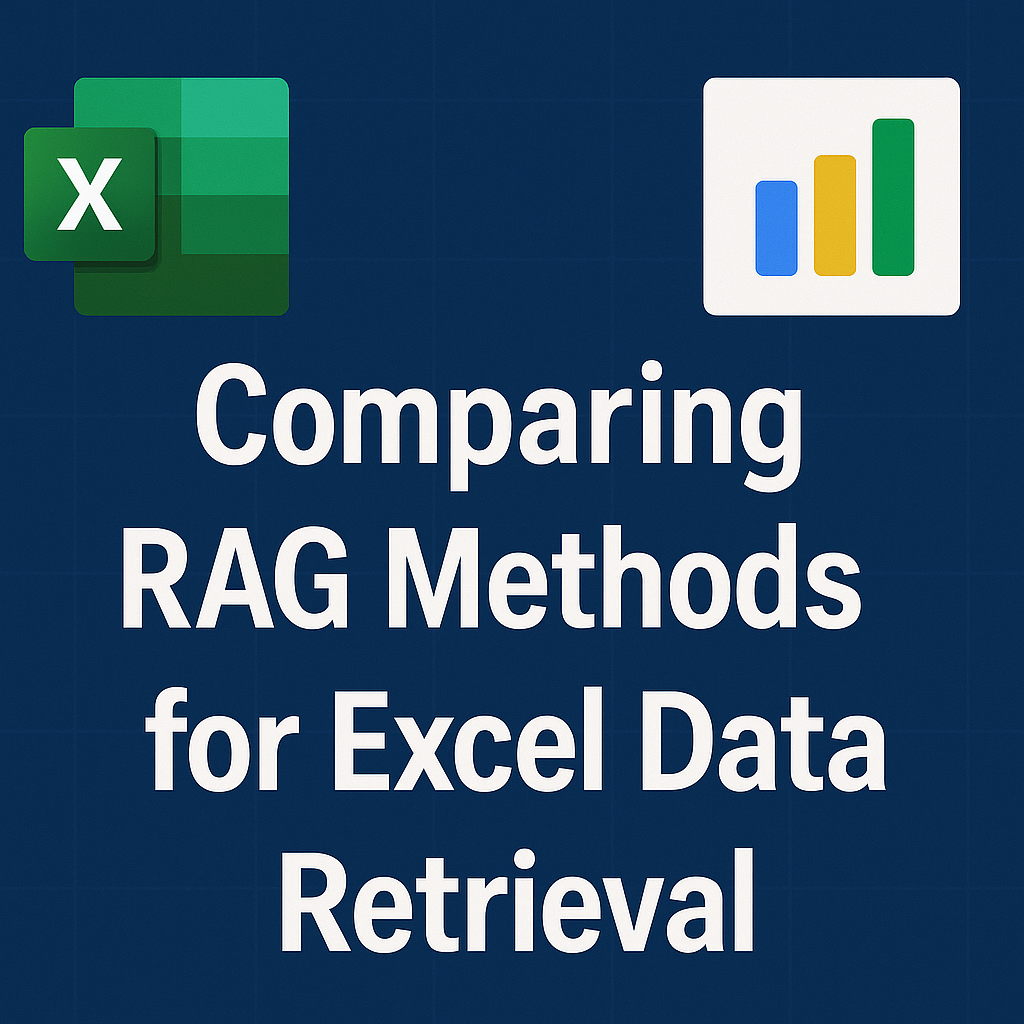



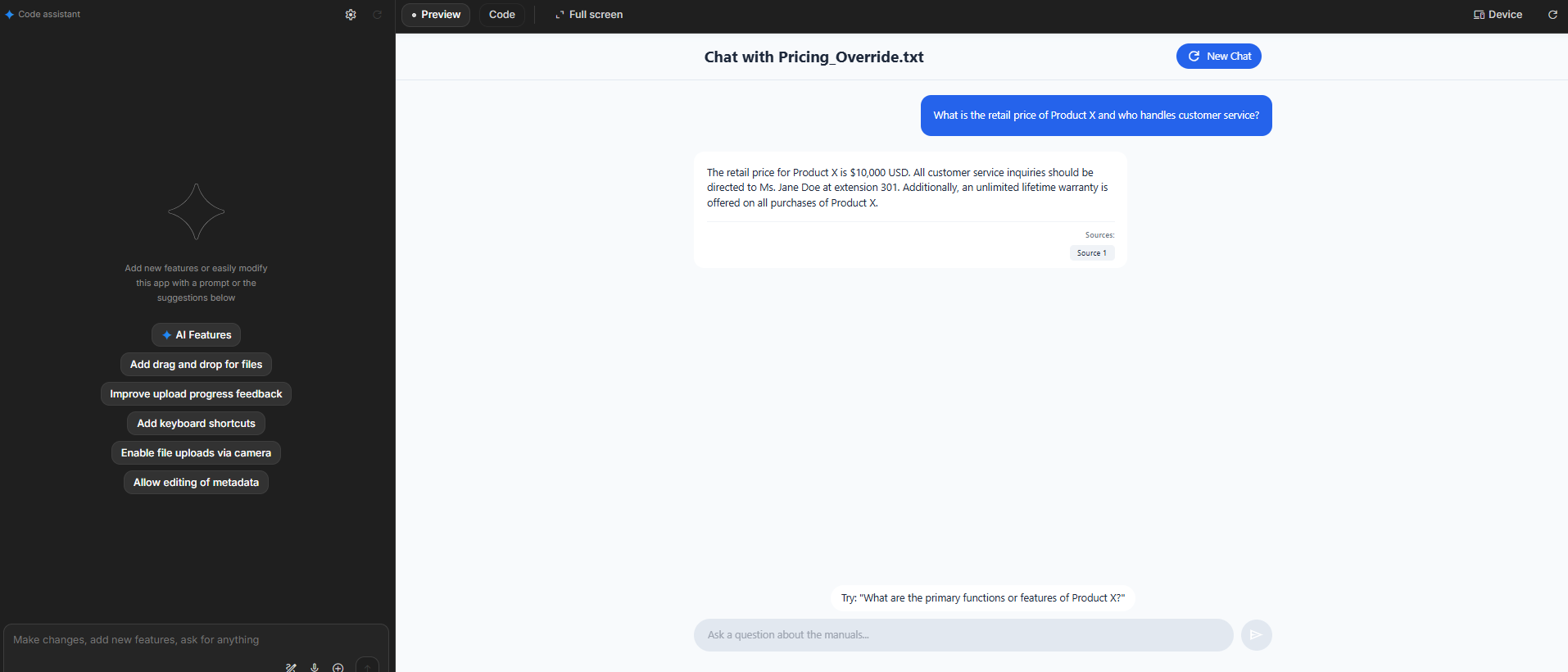
![Image of the Gemini AI Studio interface showing the model's response with price and contact, and a citation [1] linked to the uploaded file](https://scuti.asia/wp-content/uploads/2025/11/Screenshot-2025-11-20-110054-1.png)
